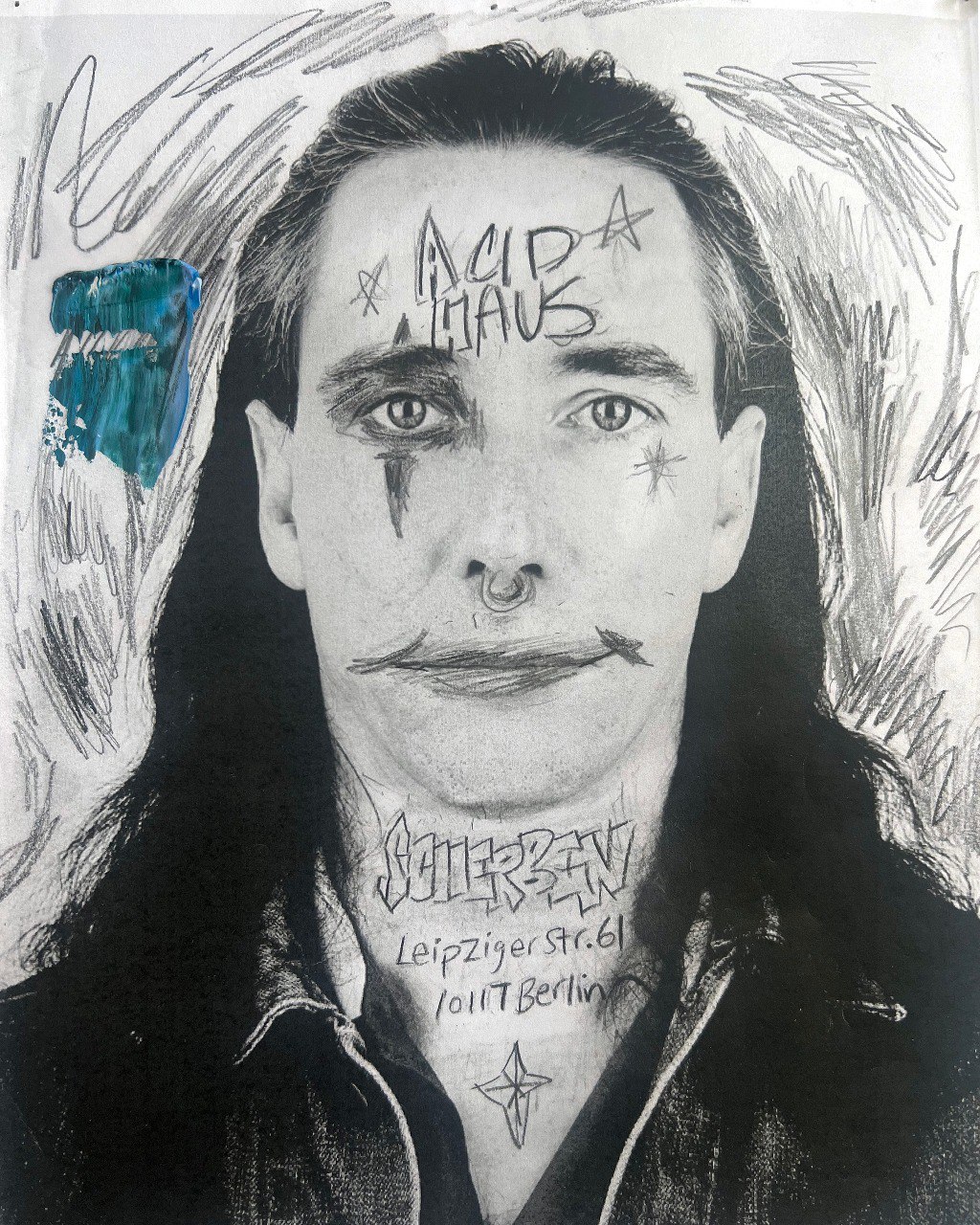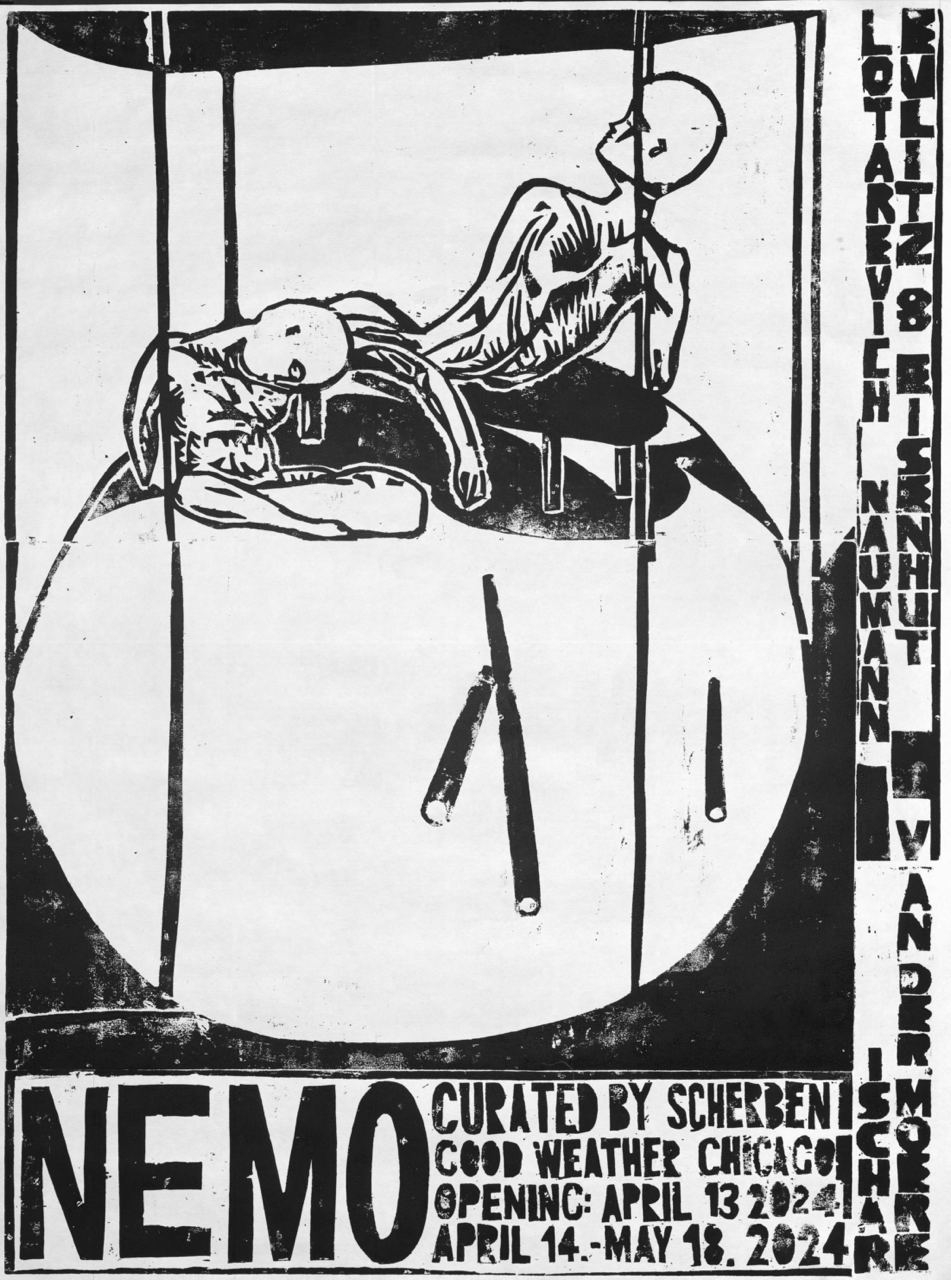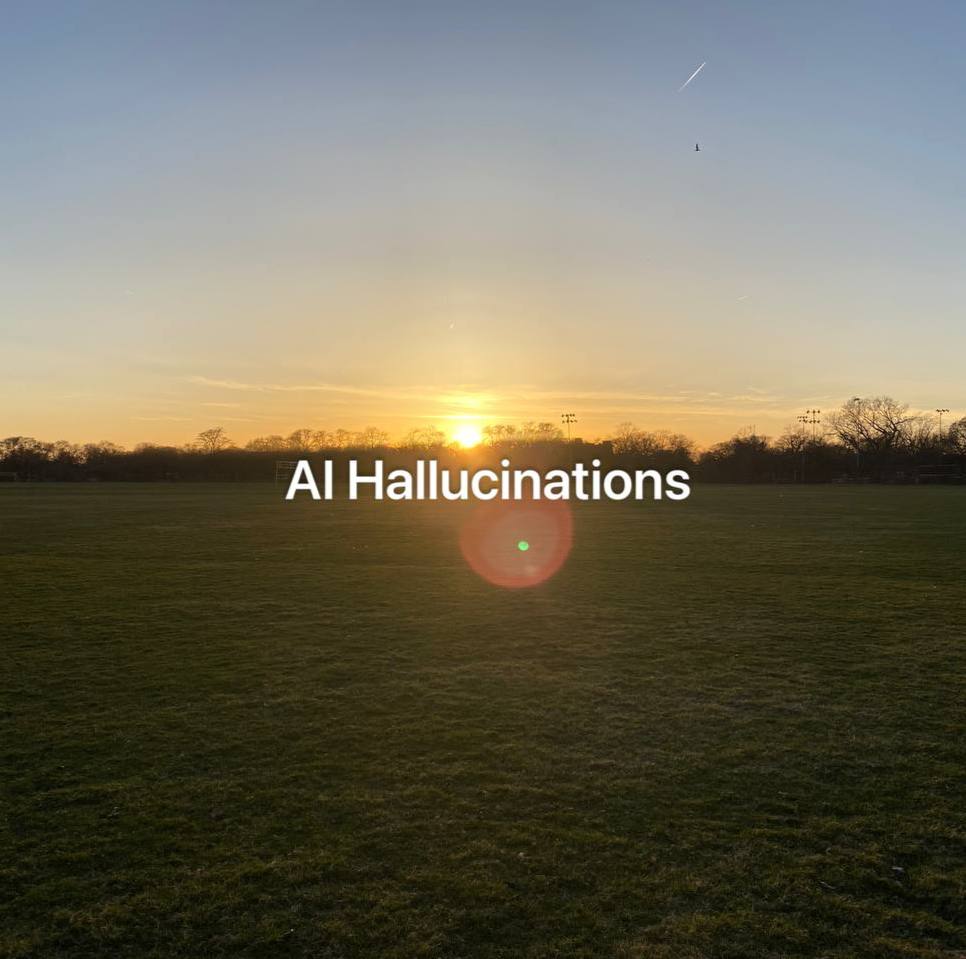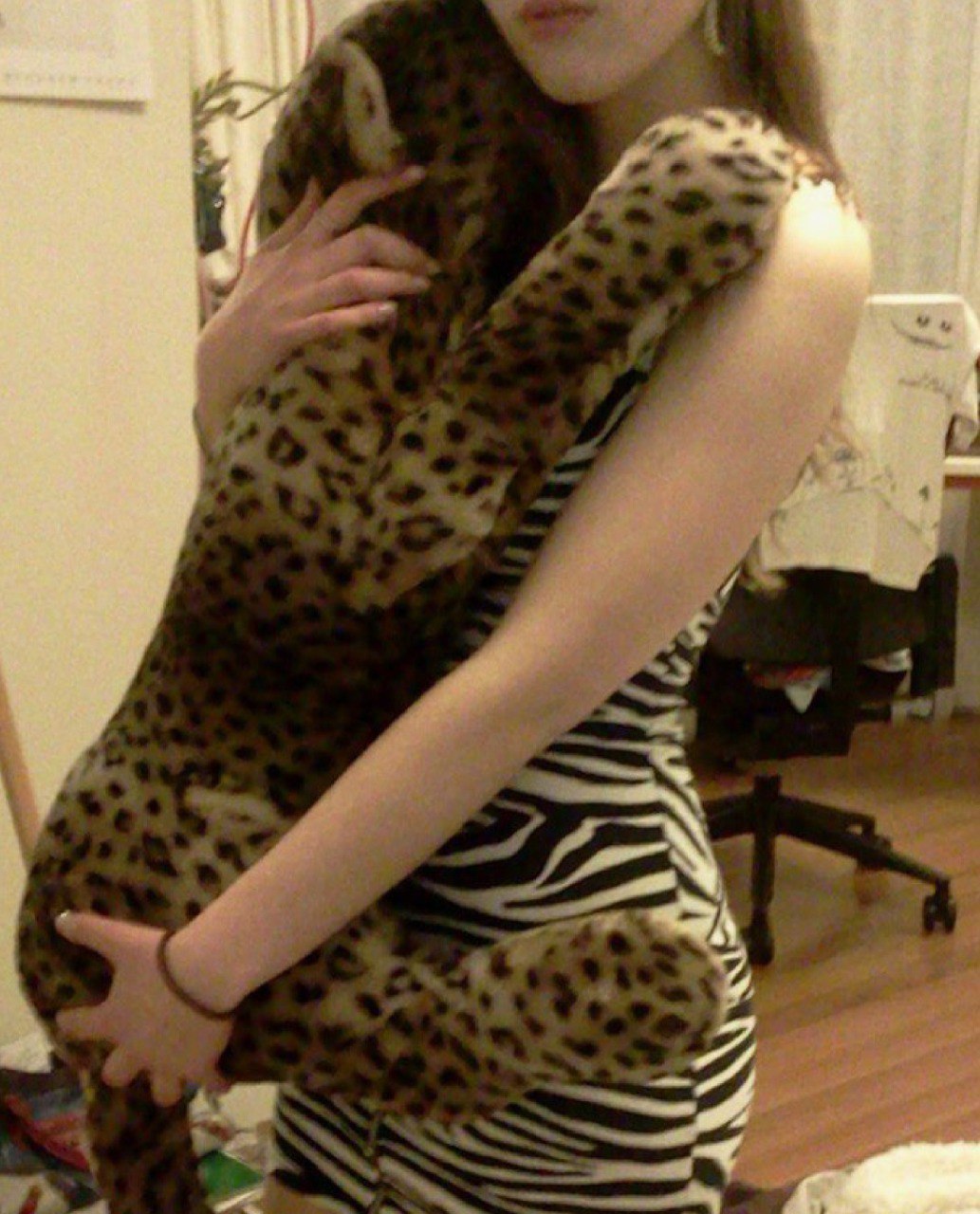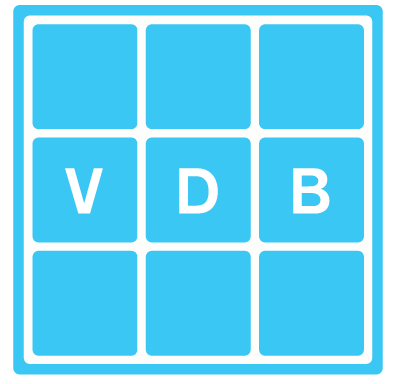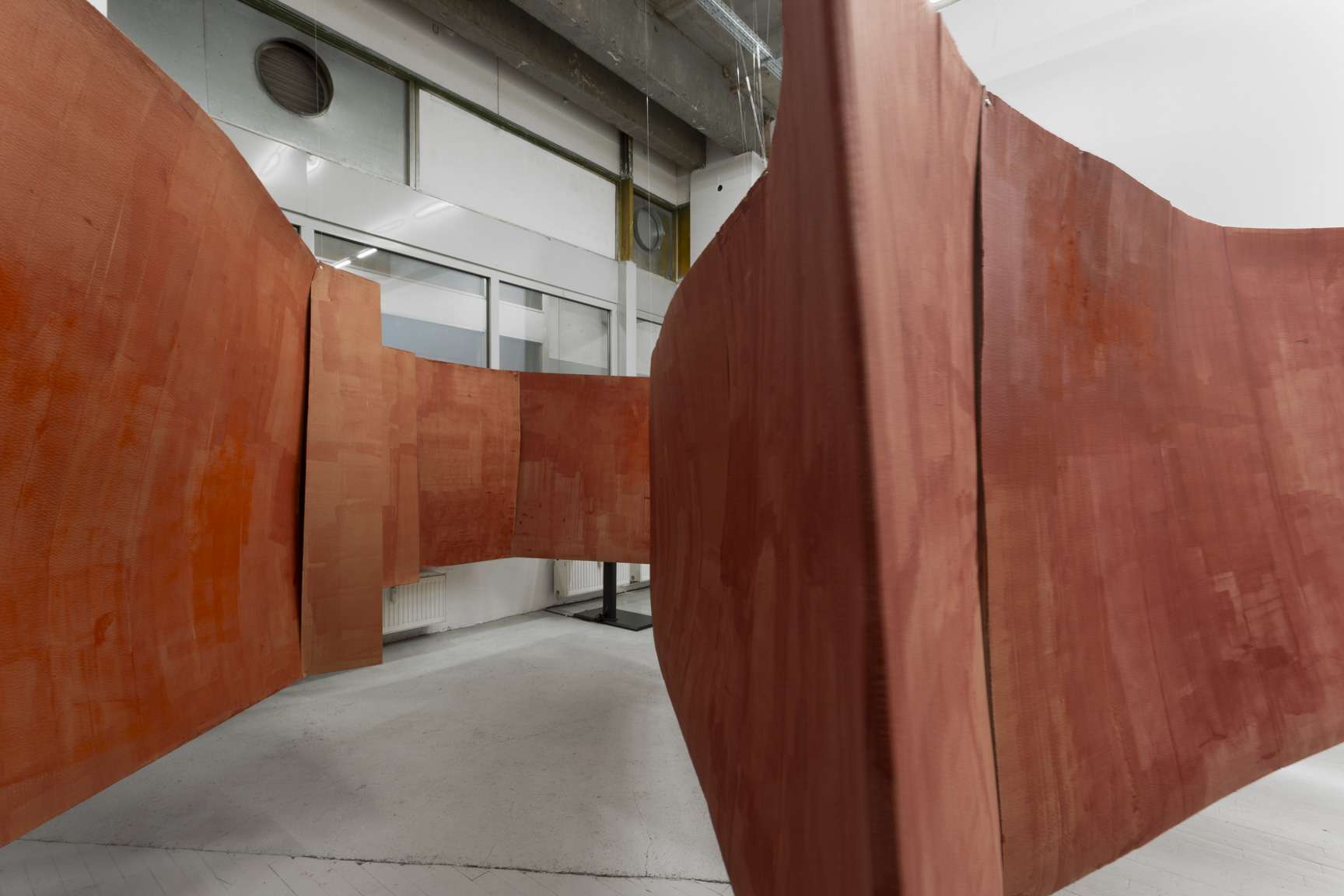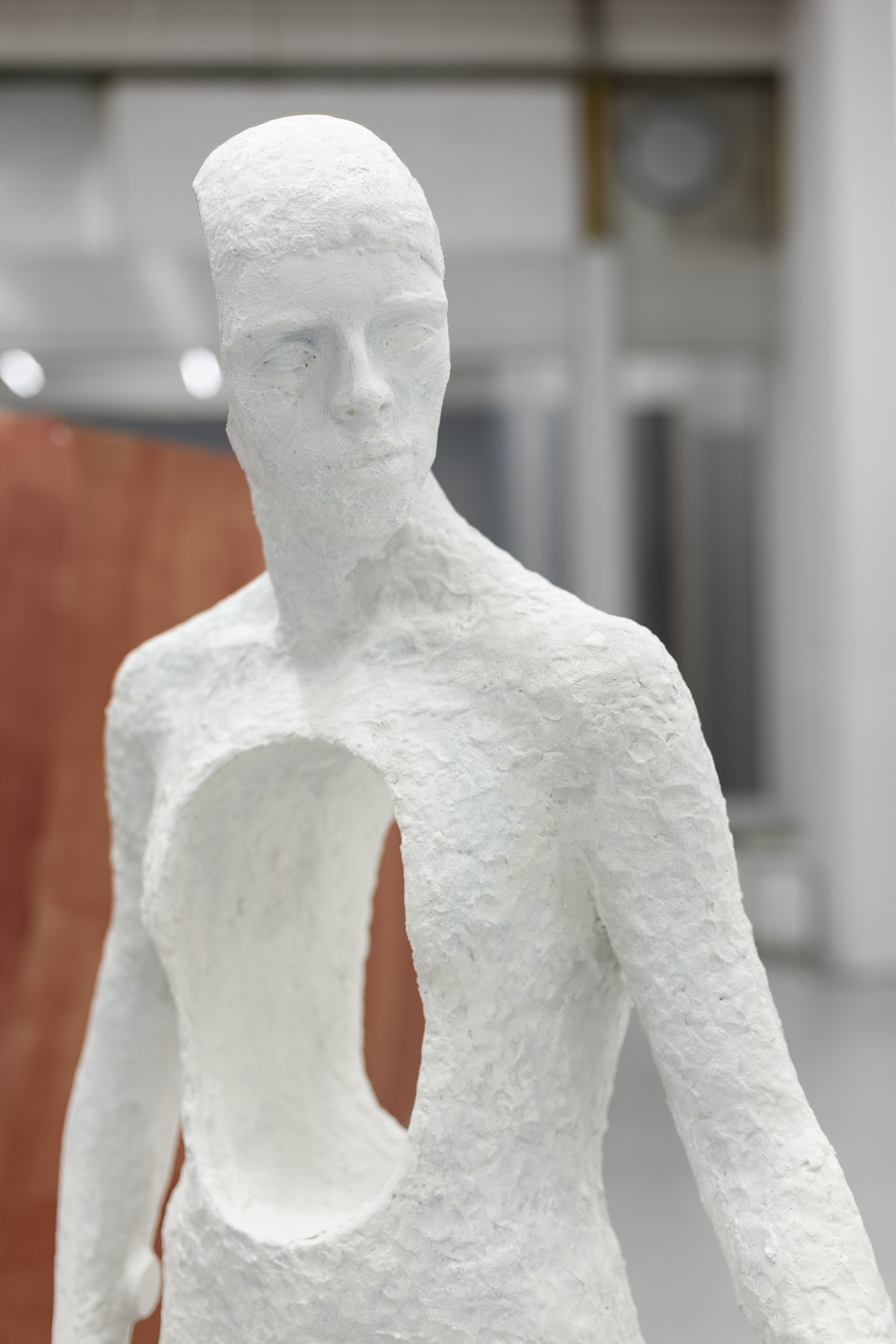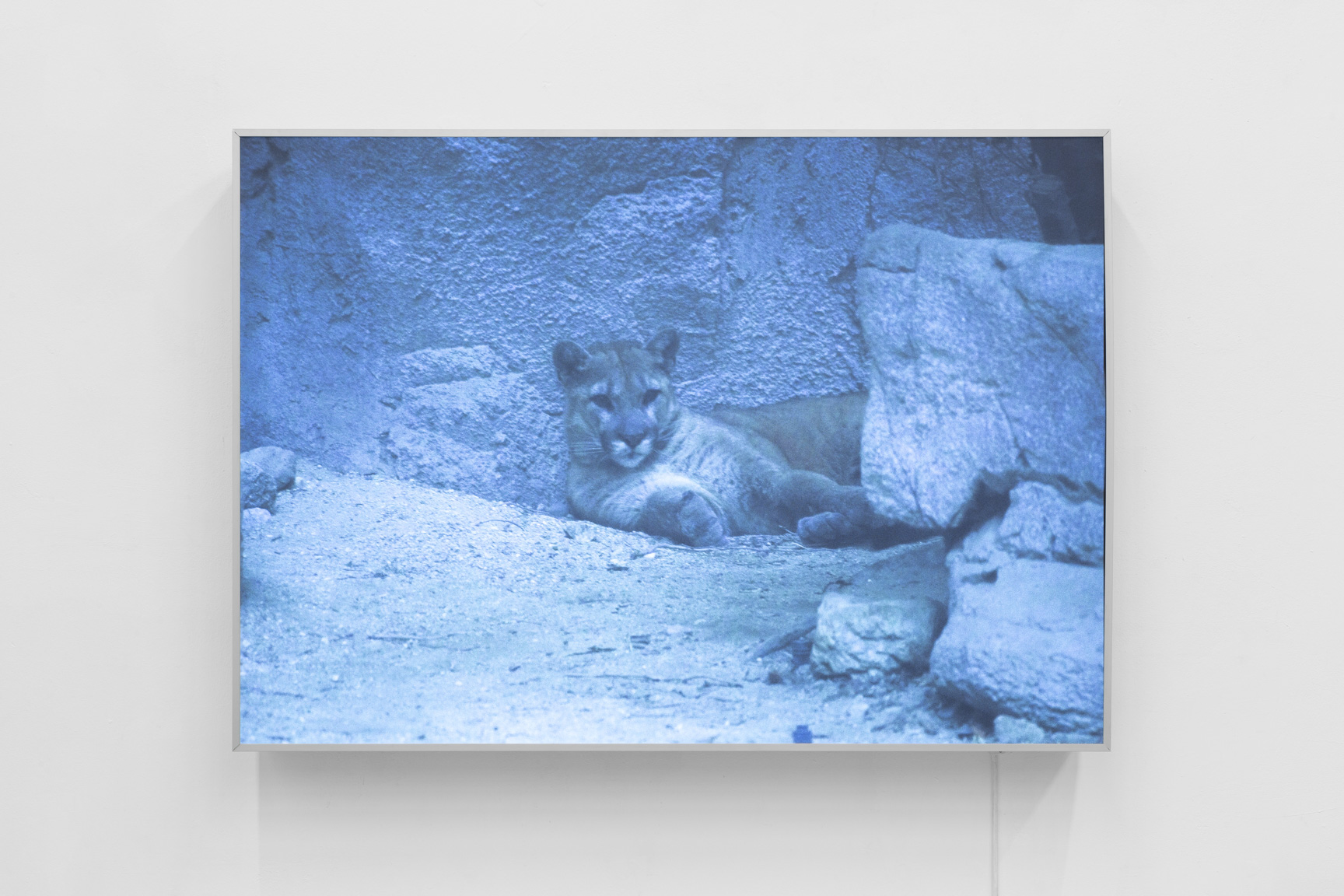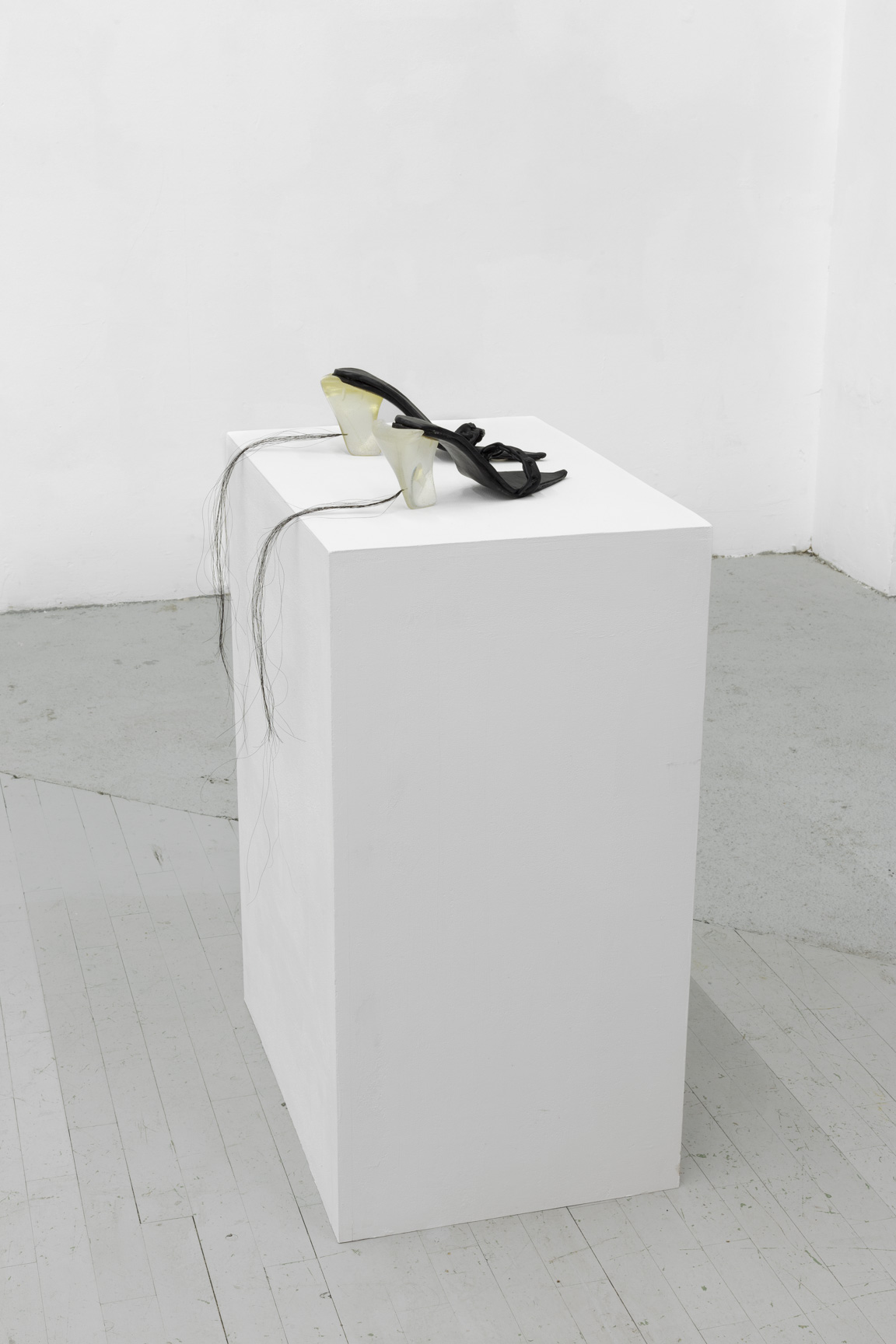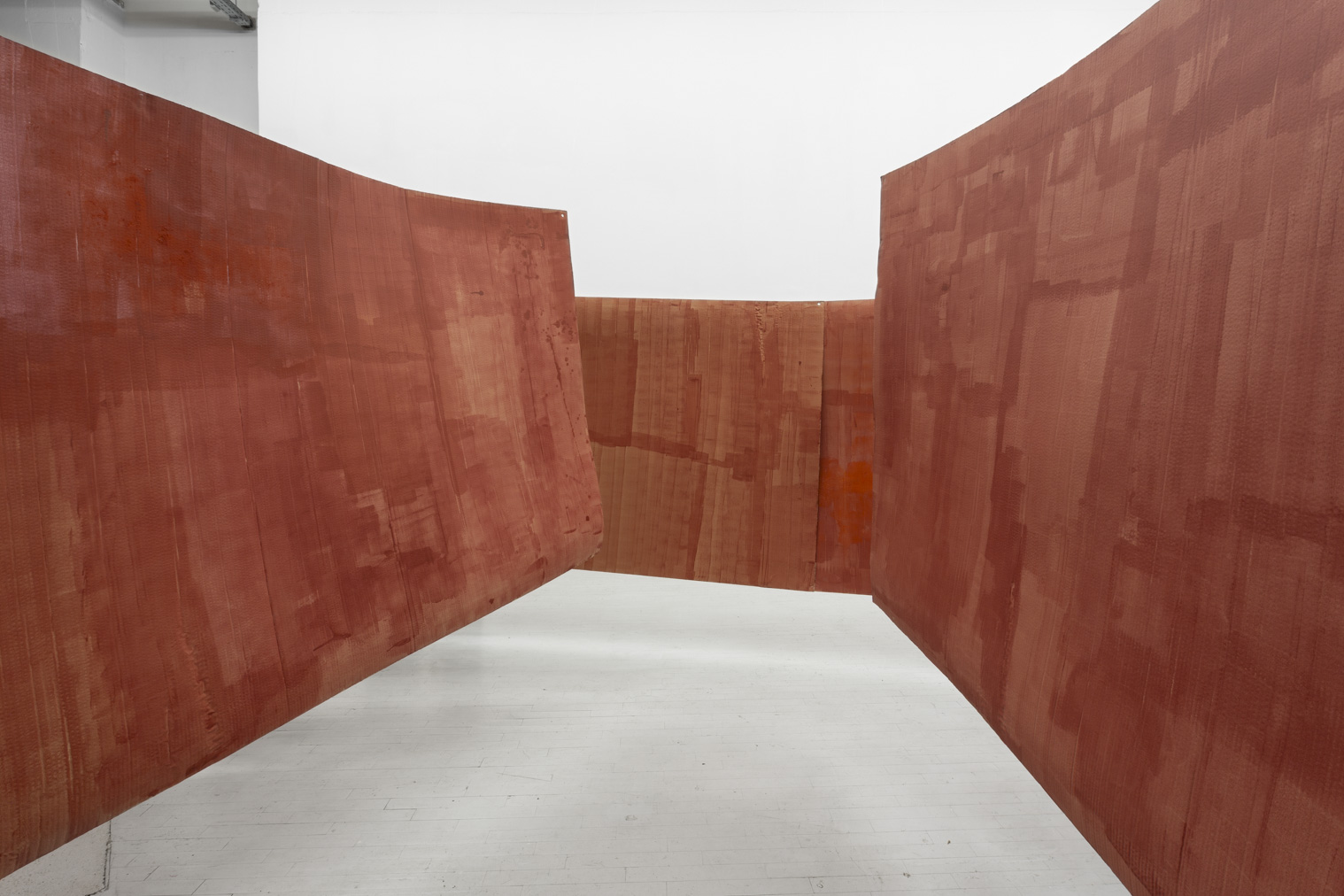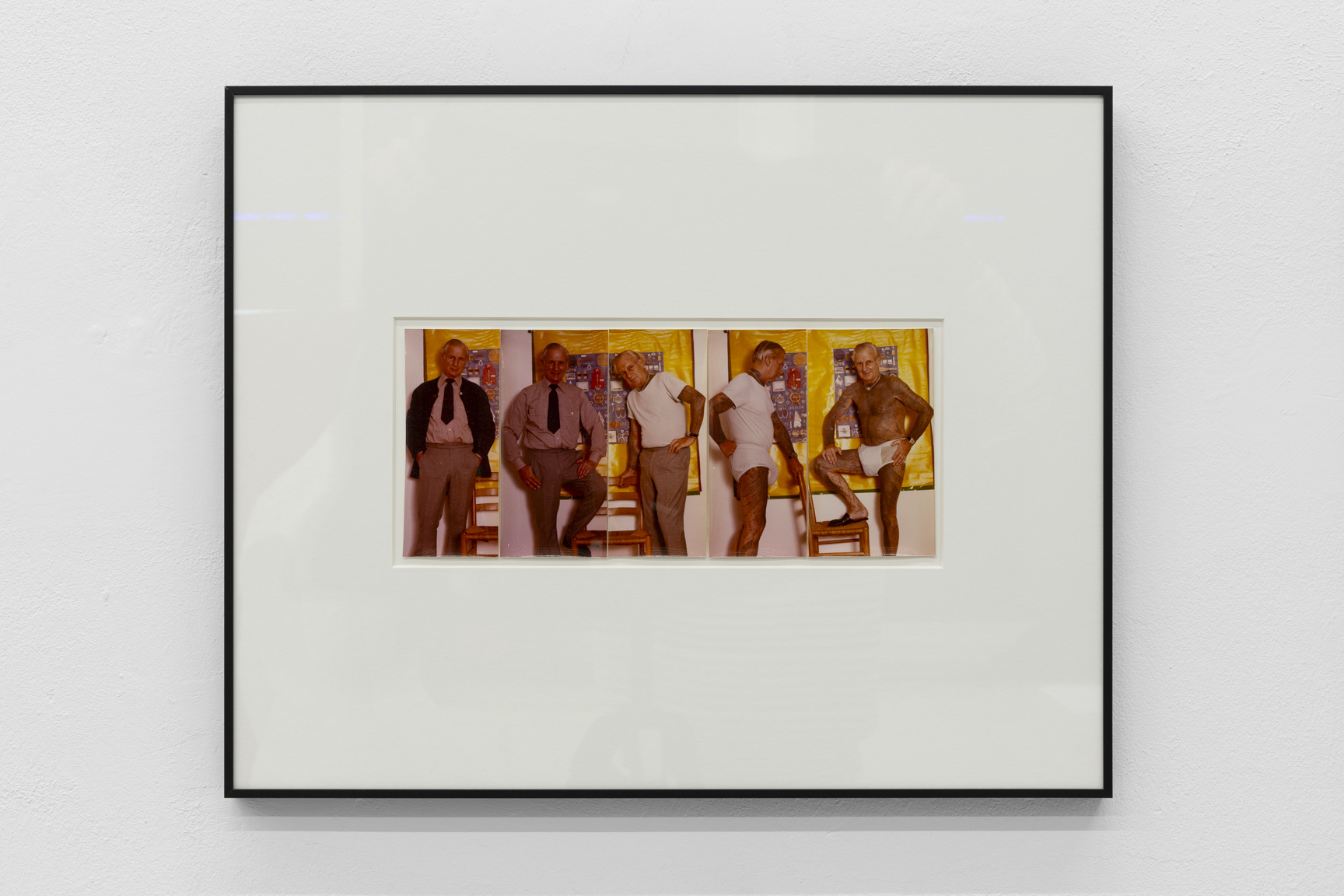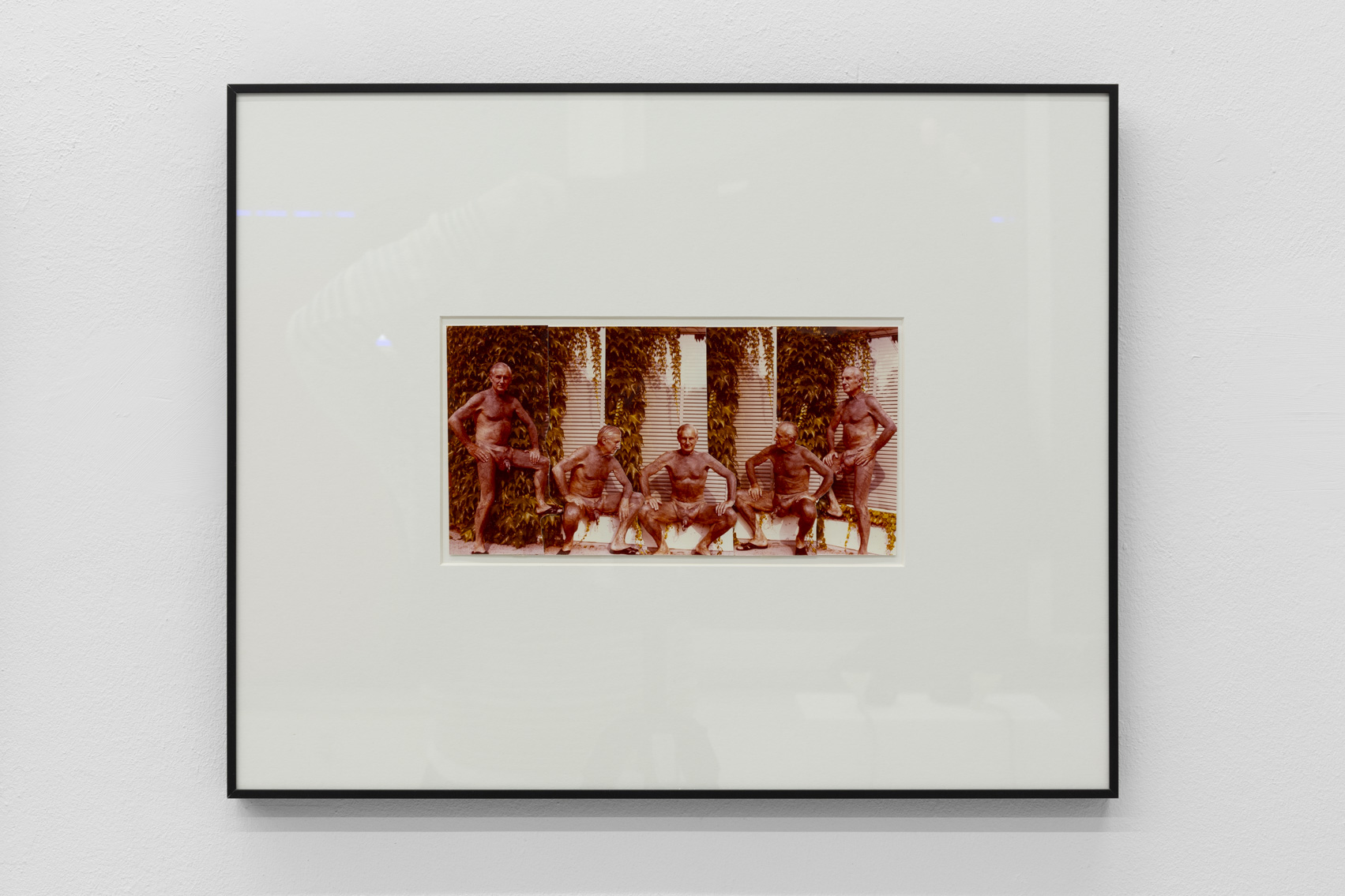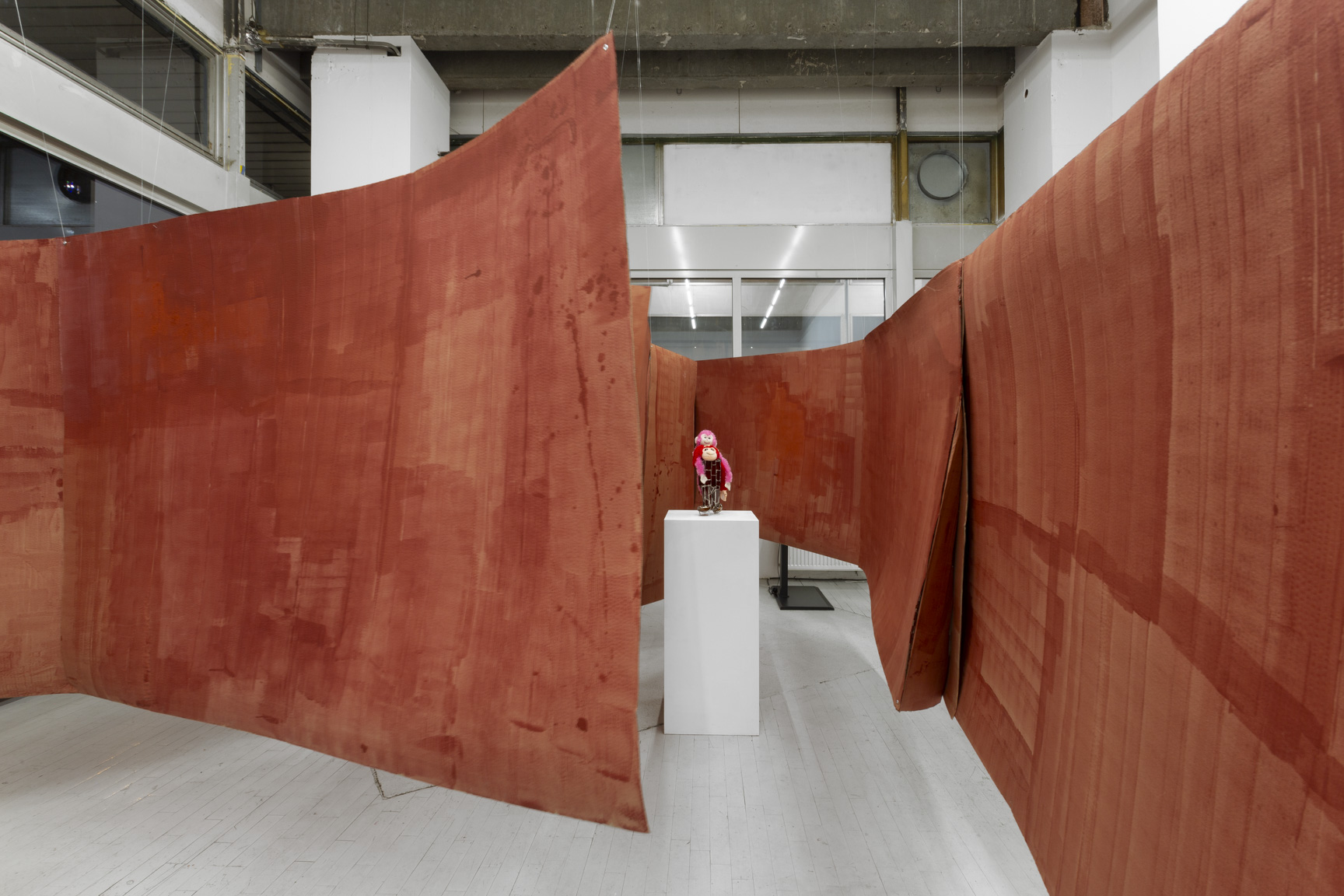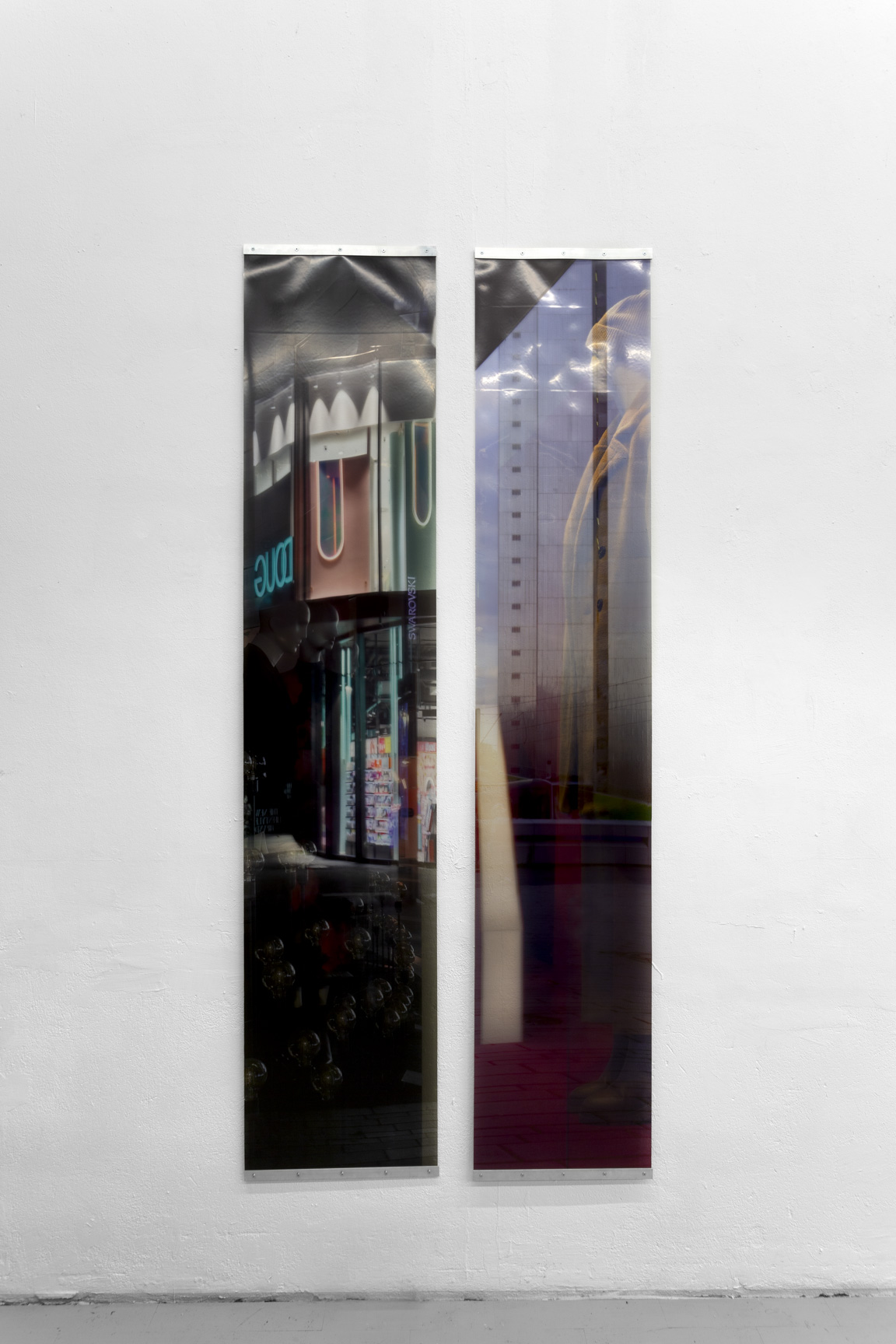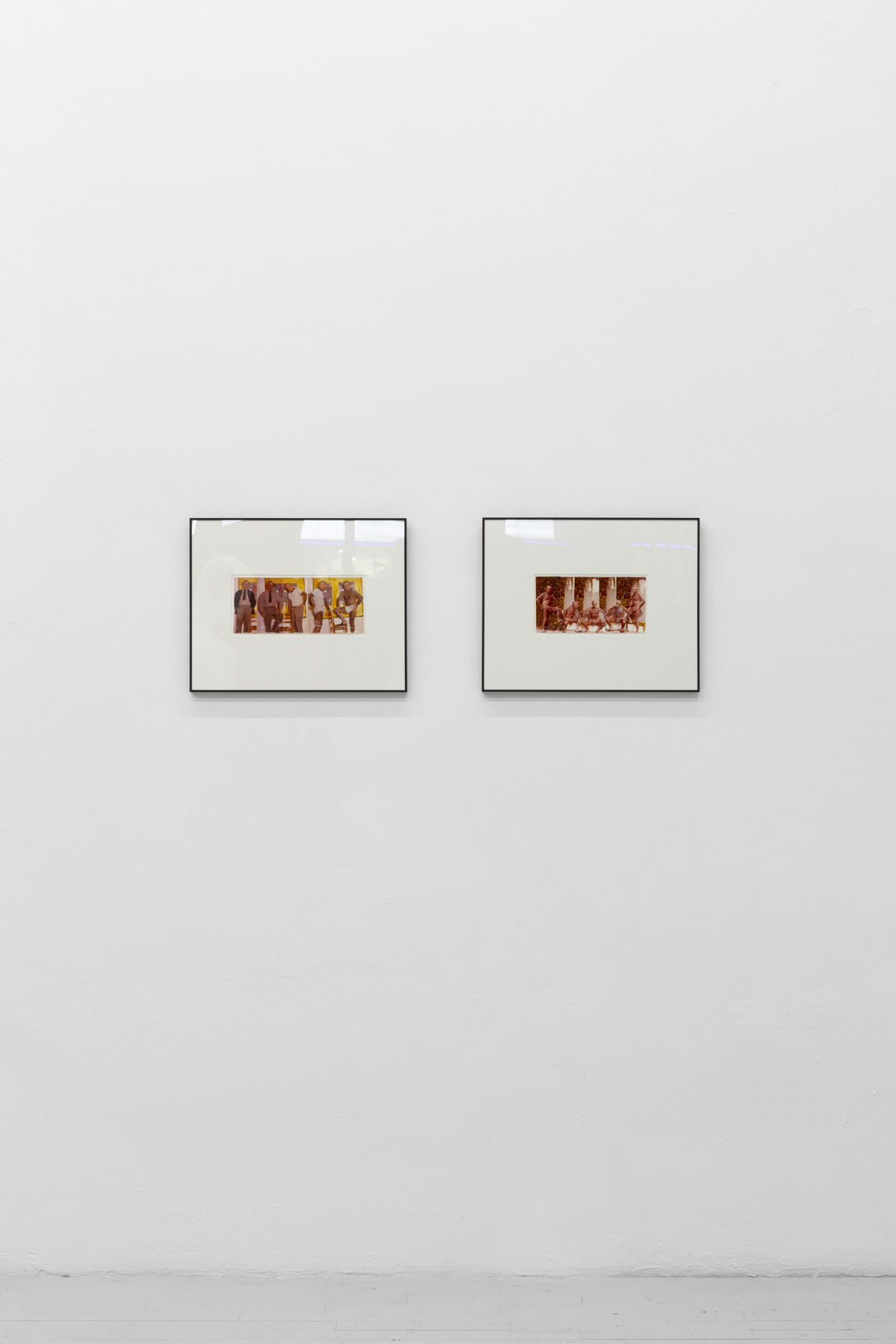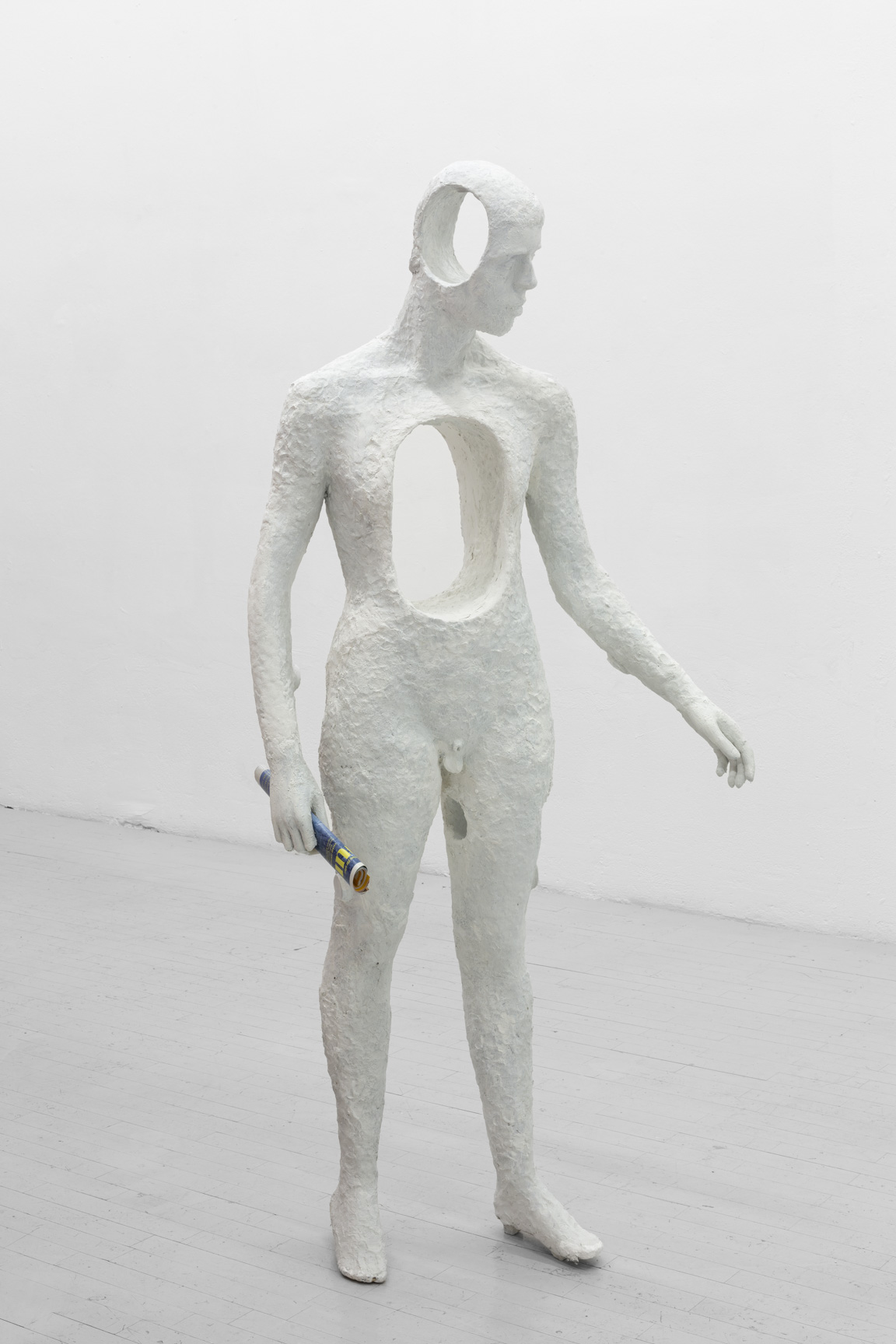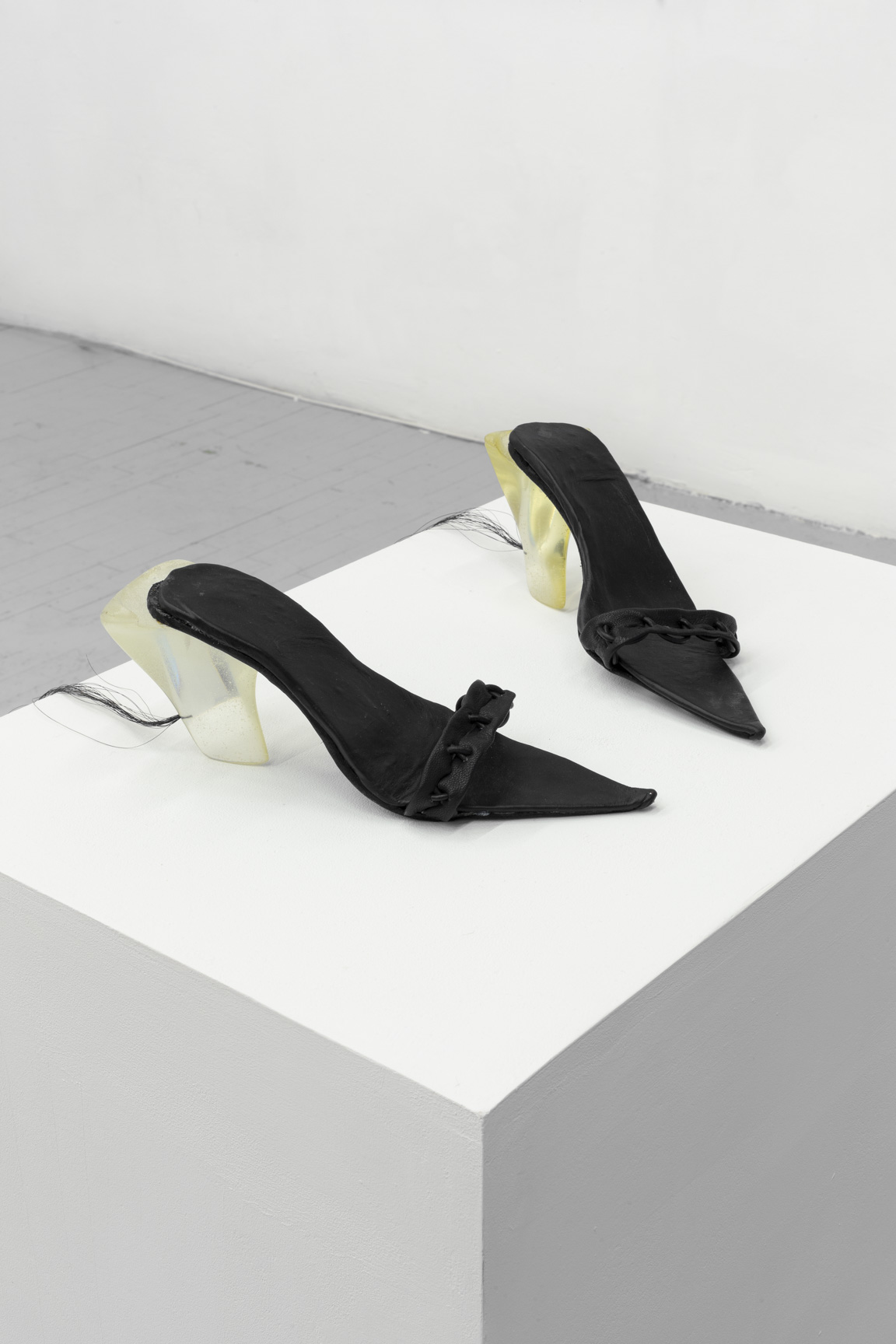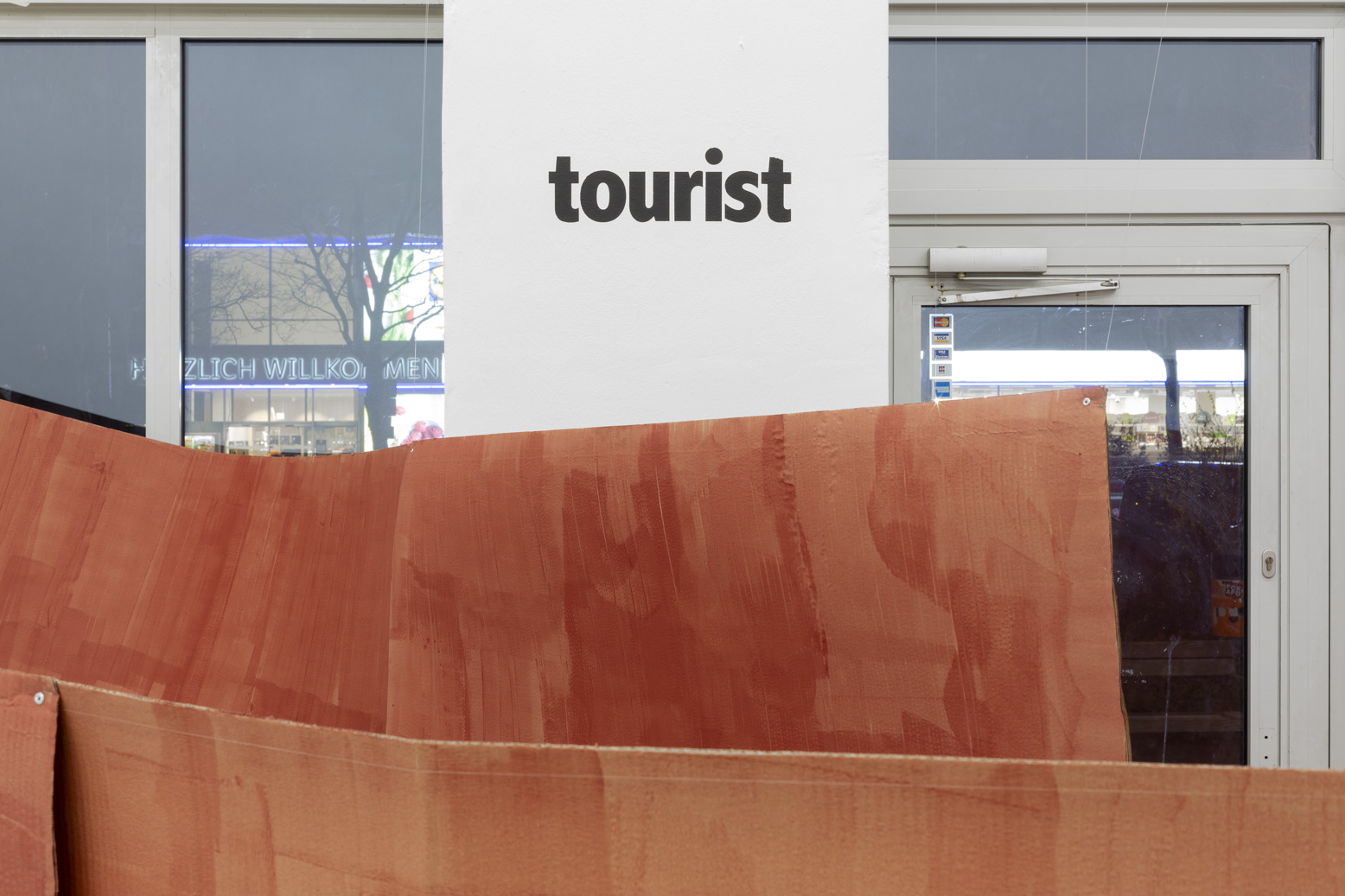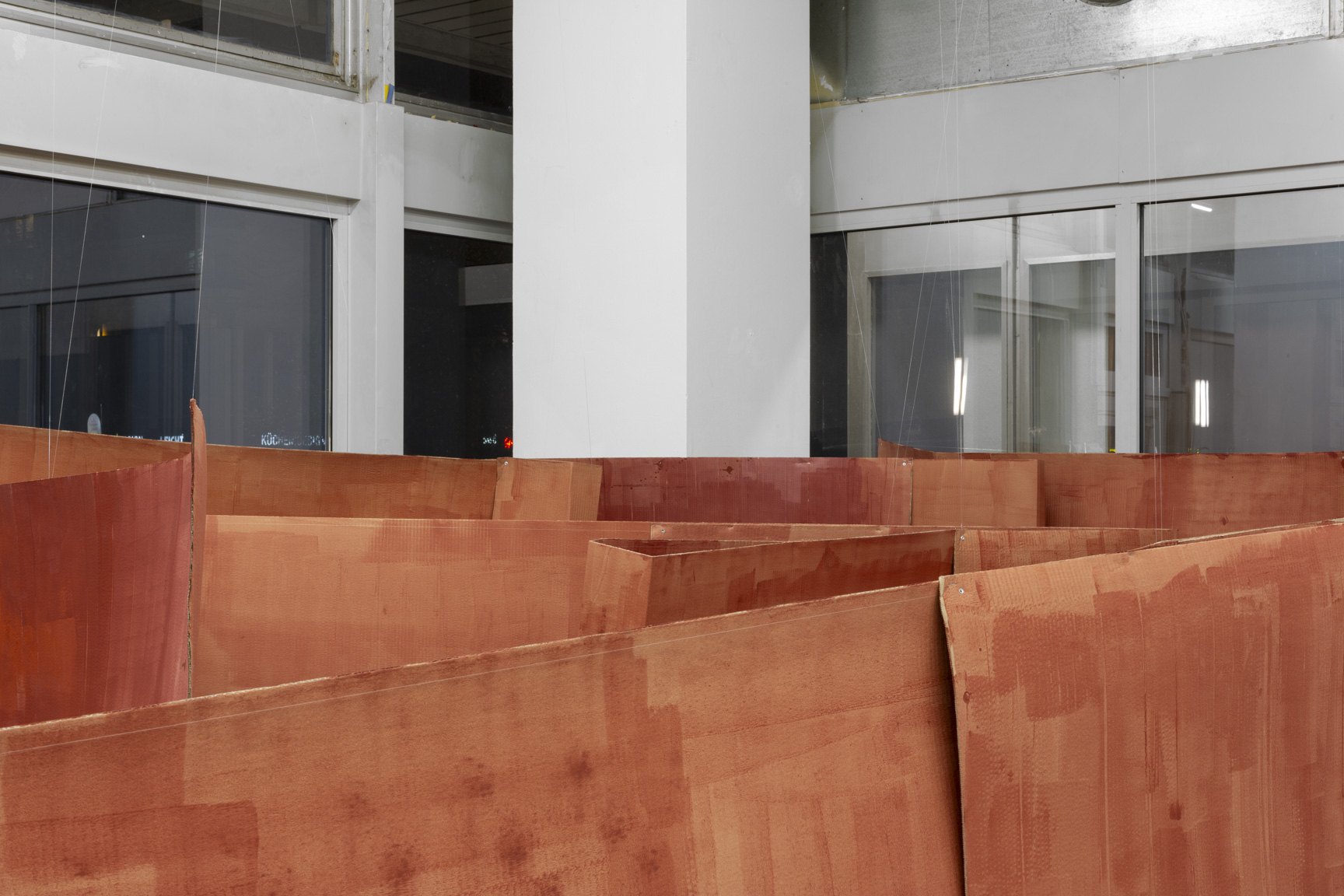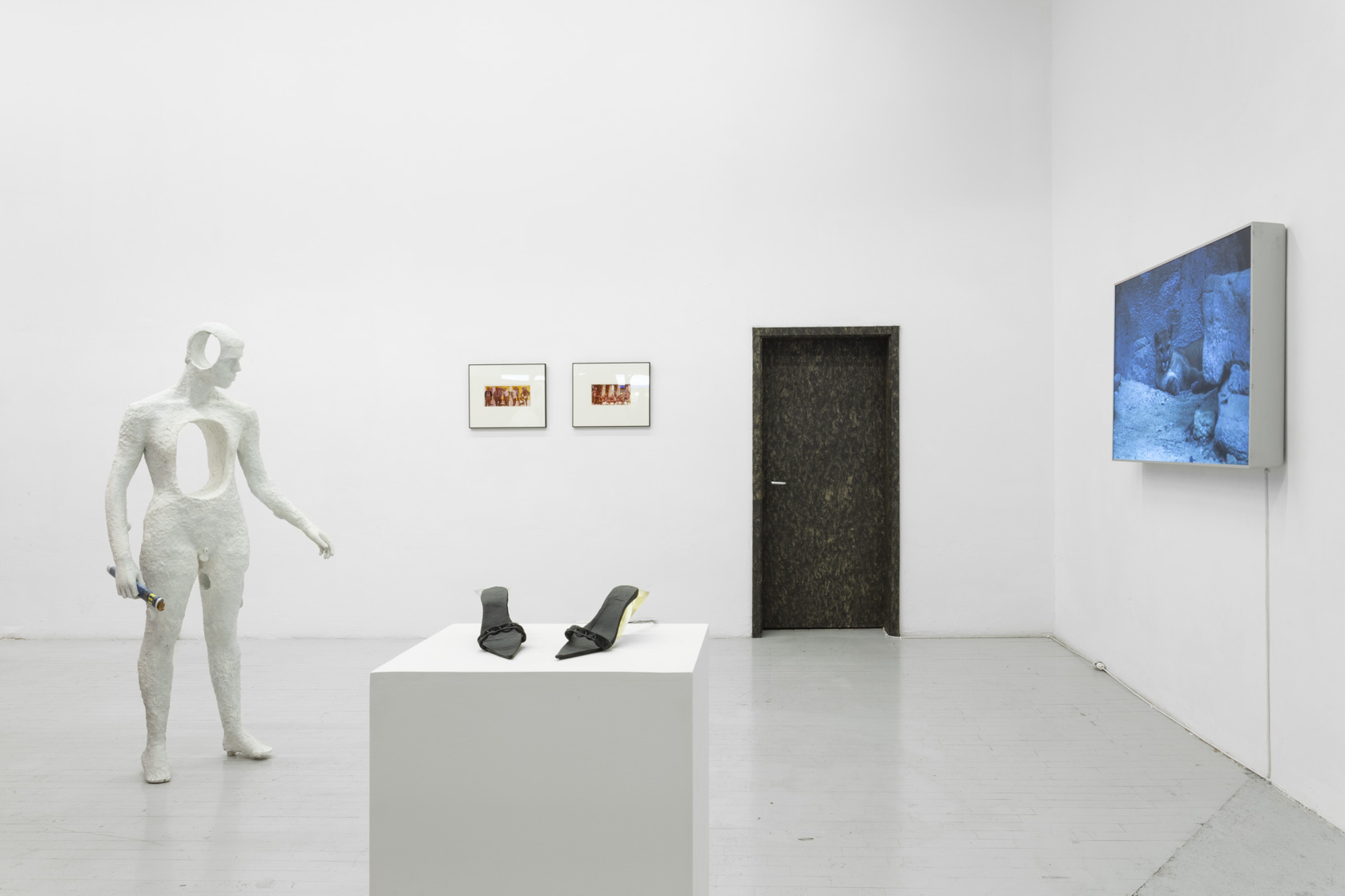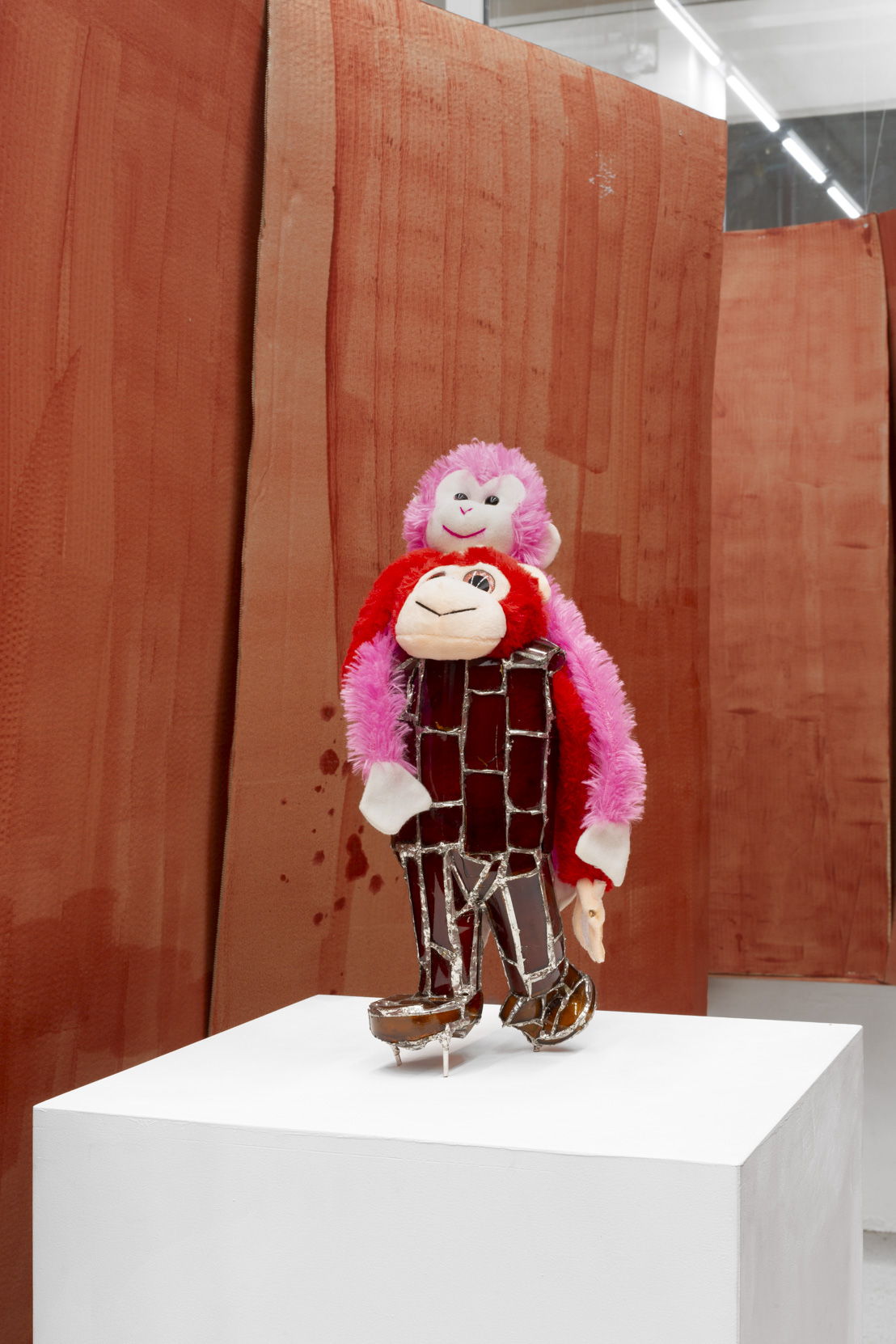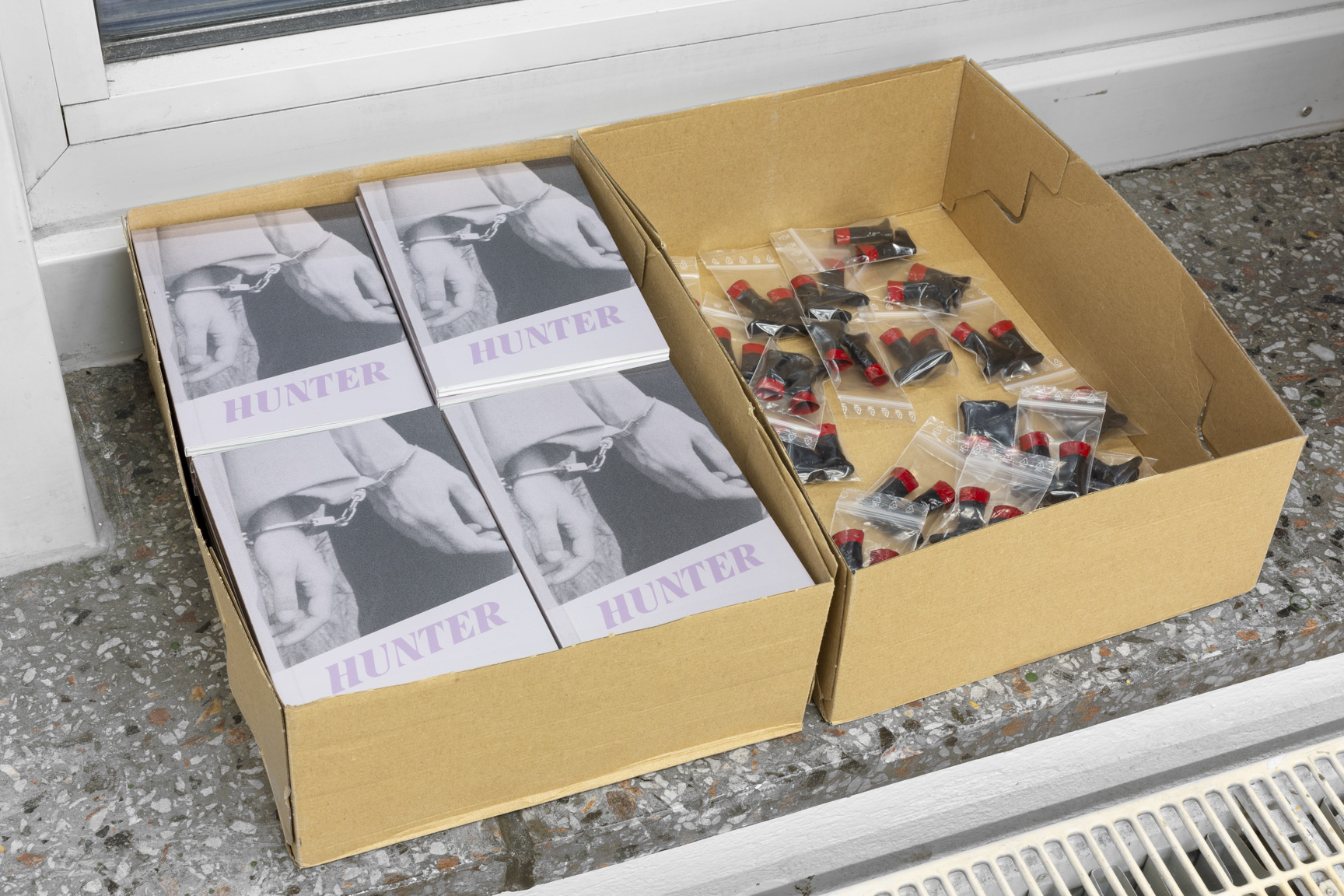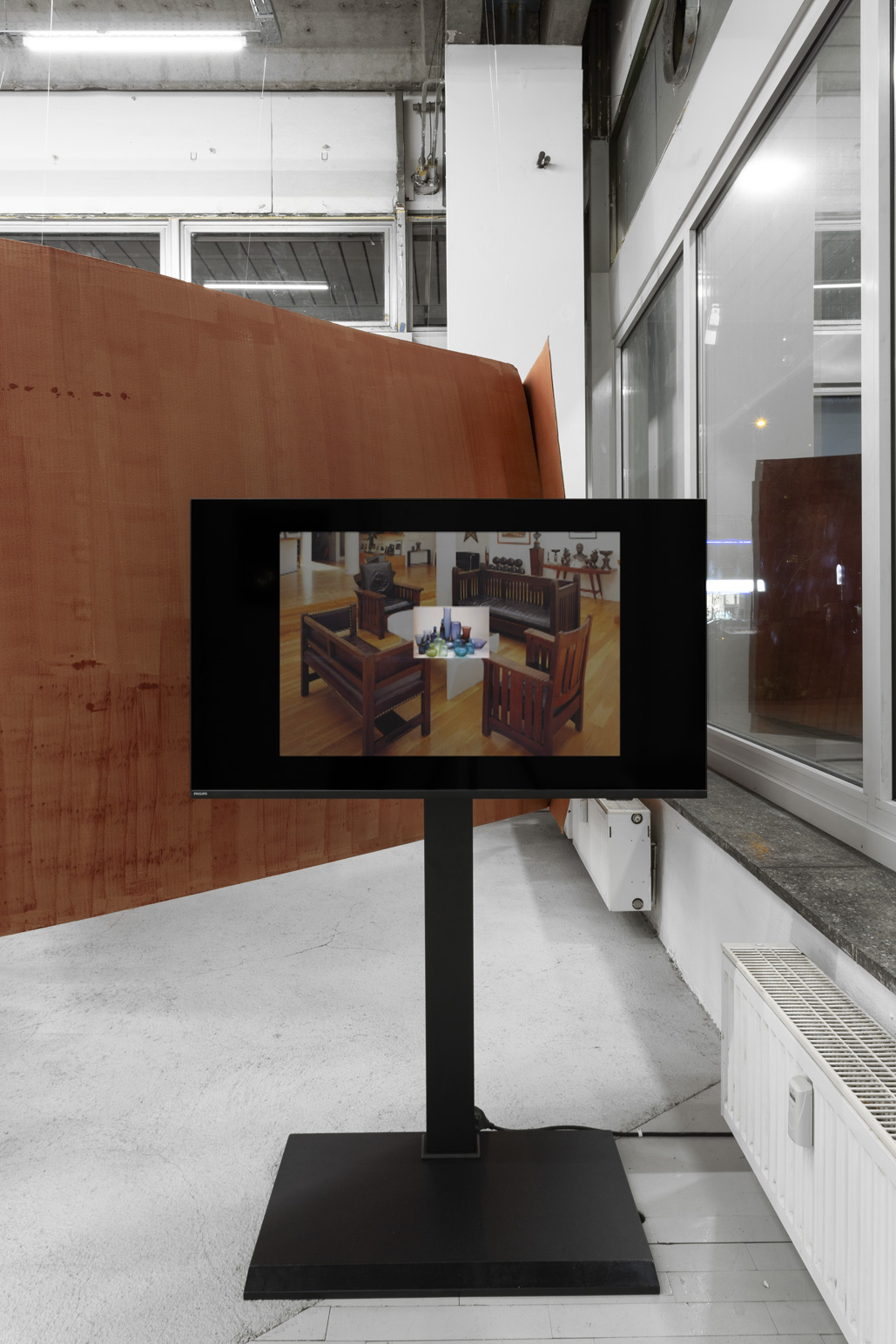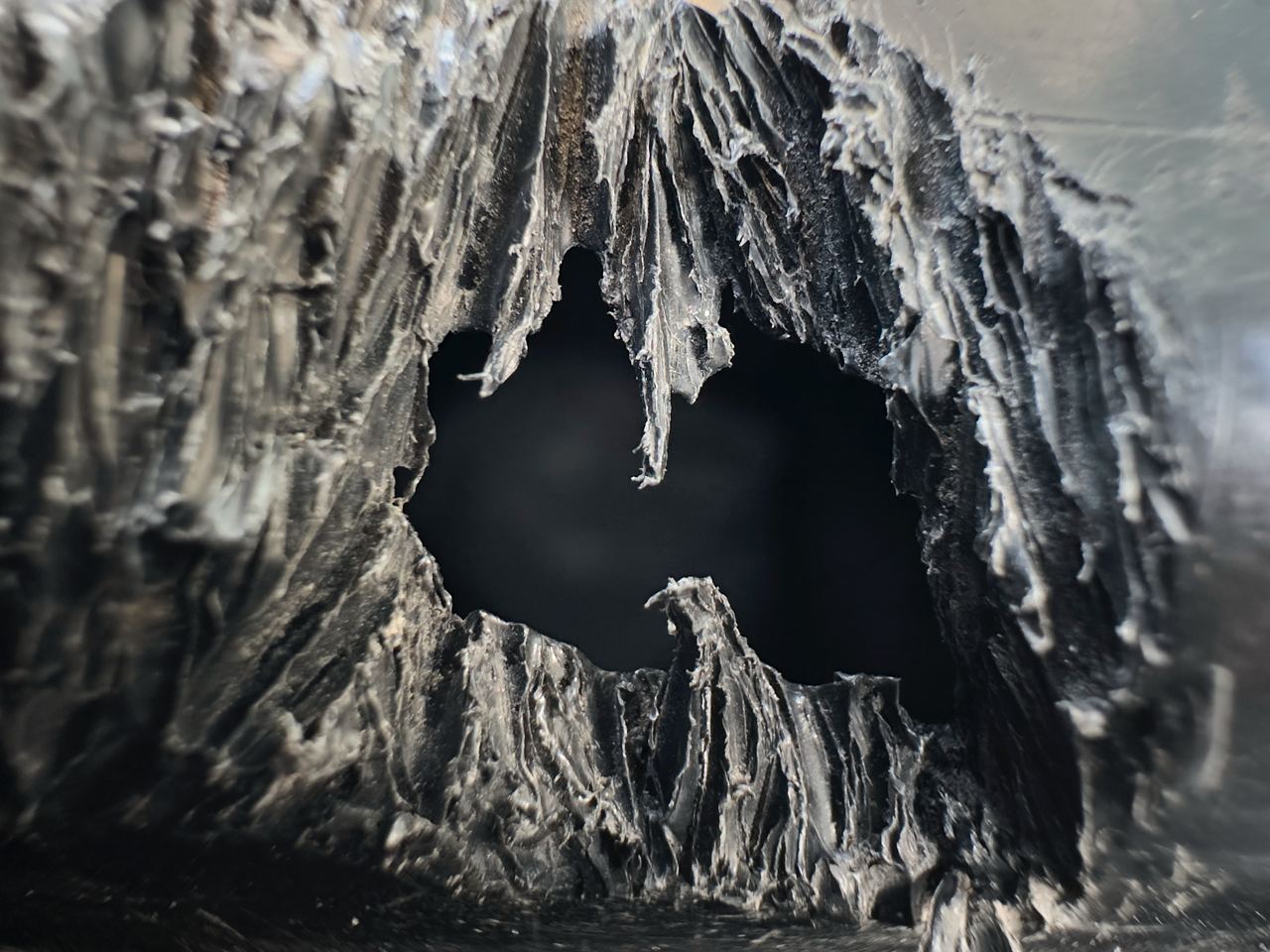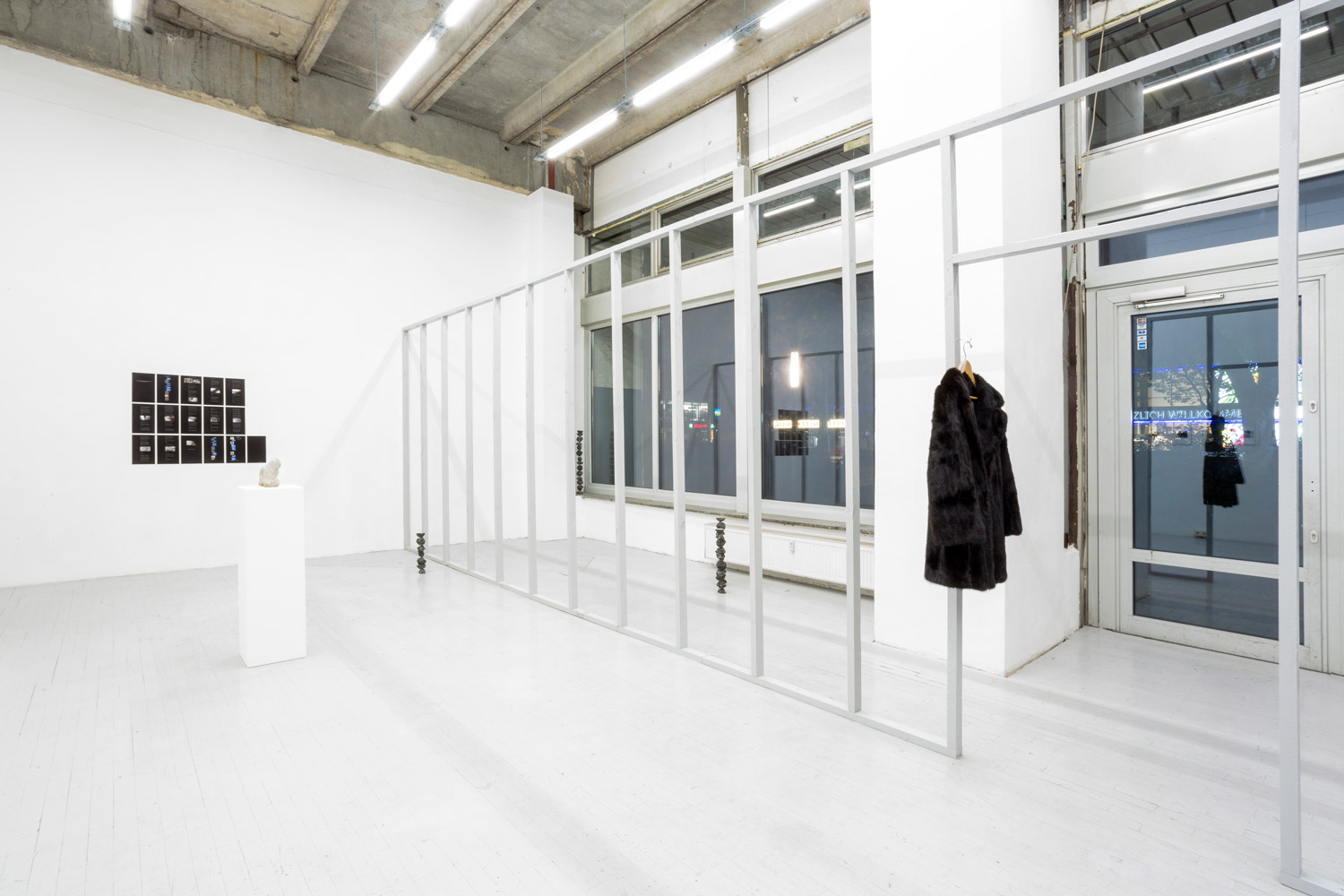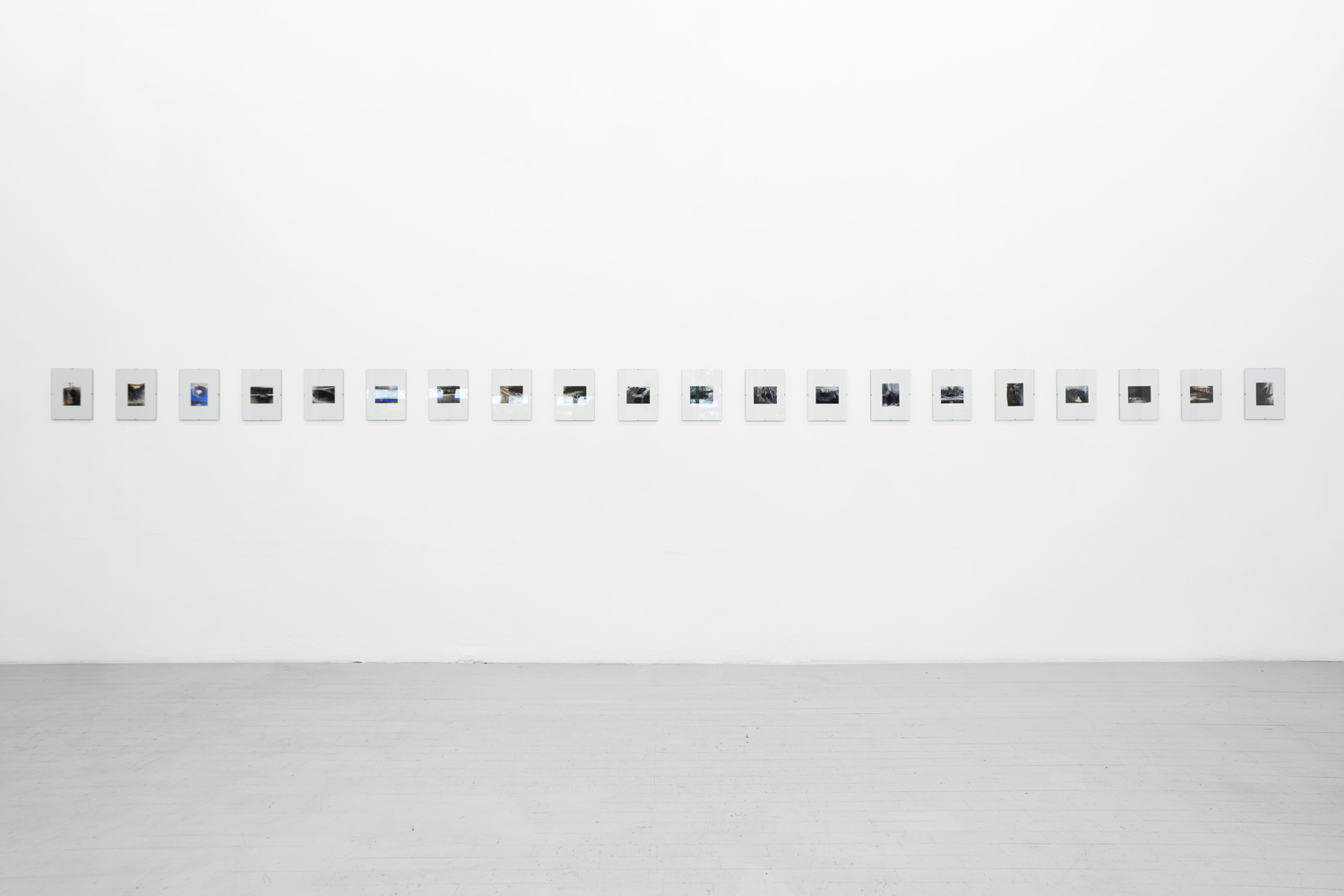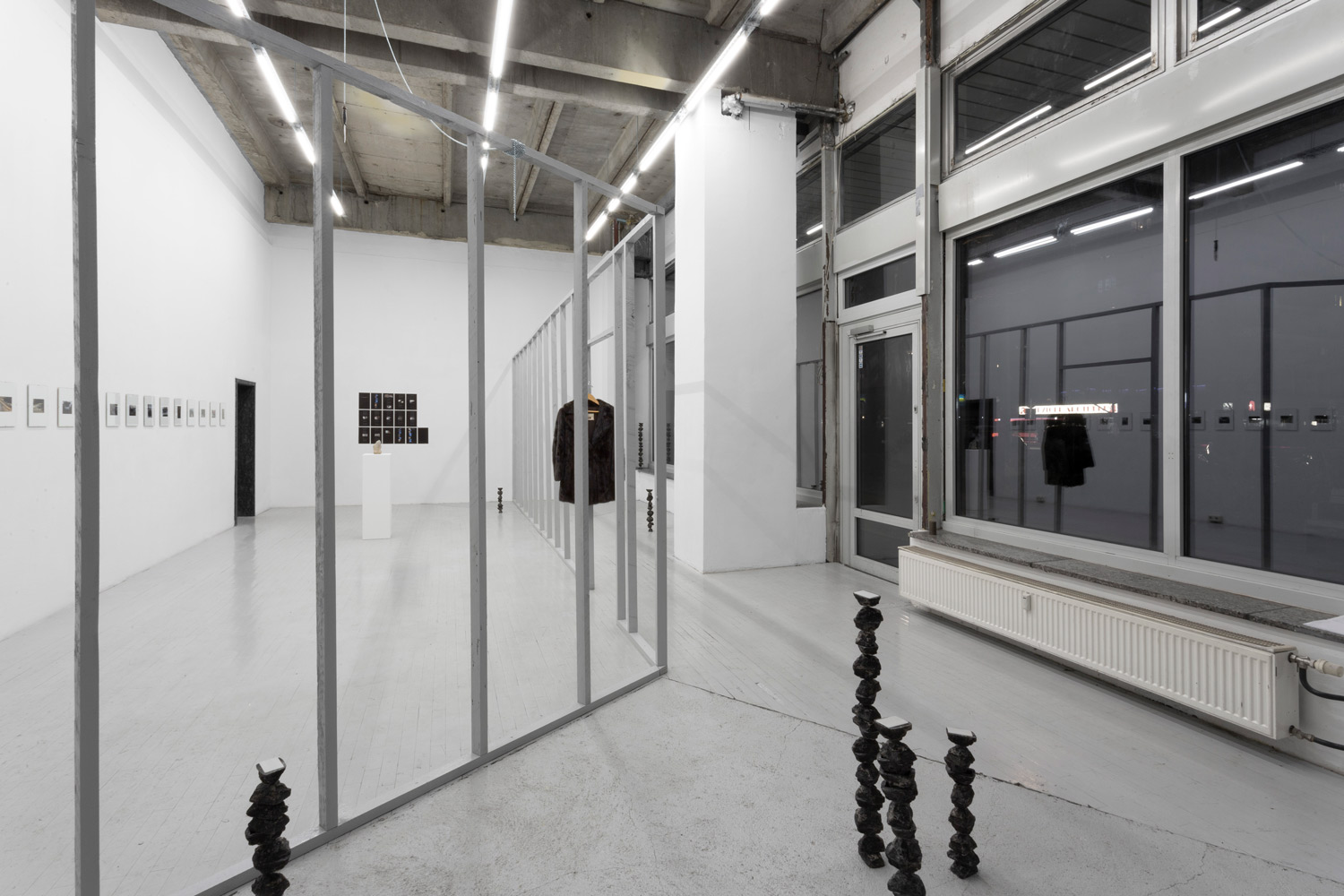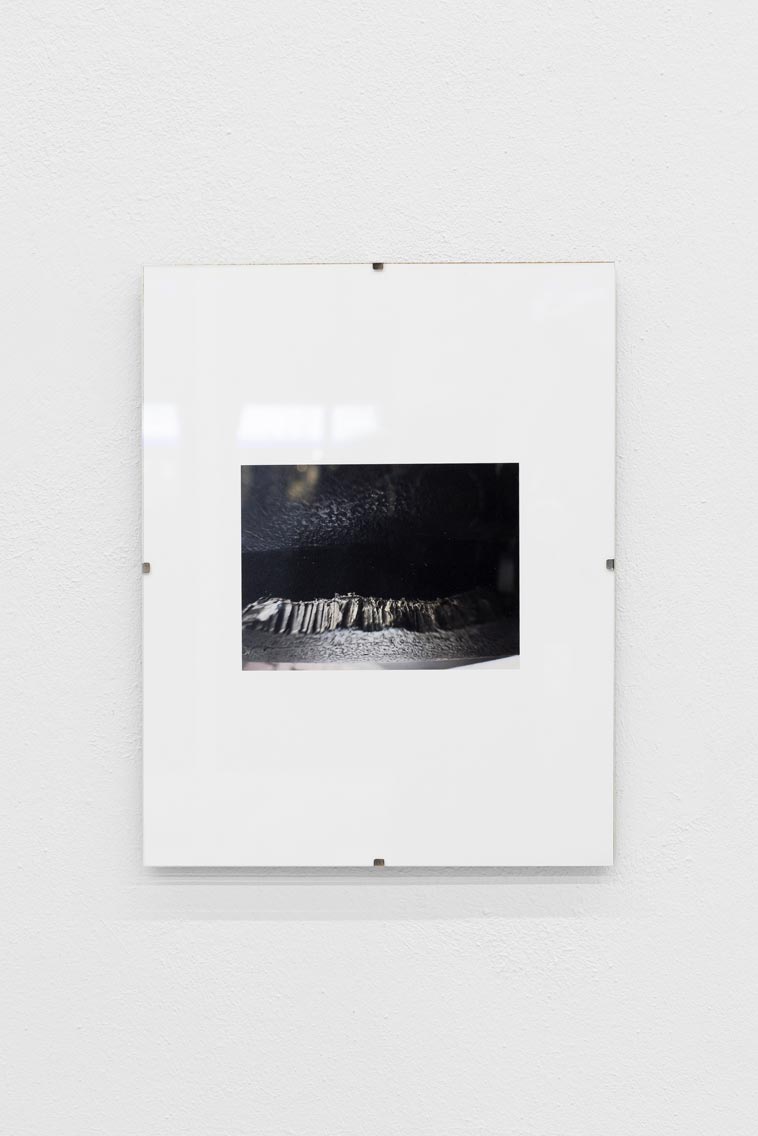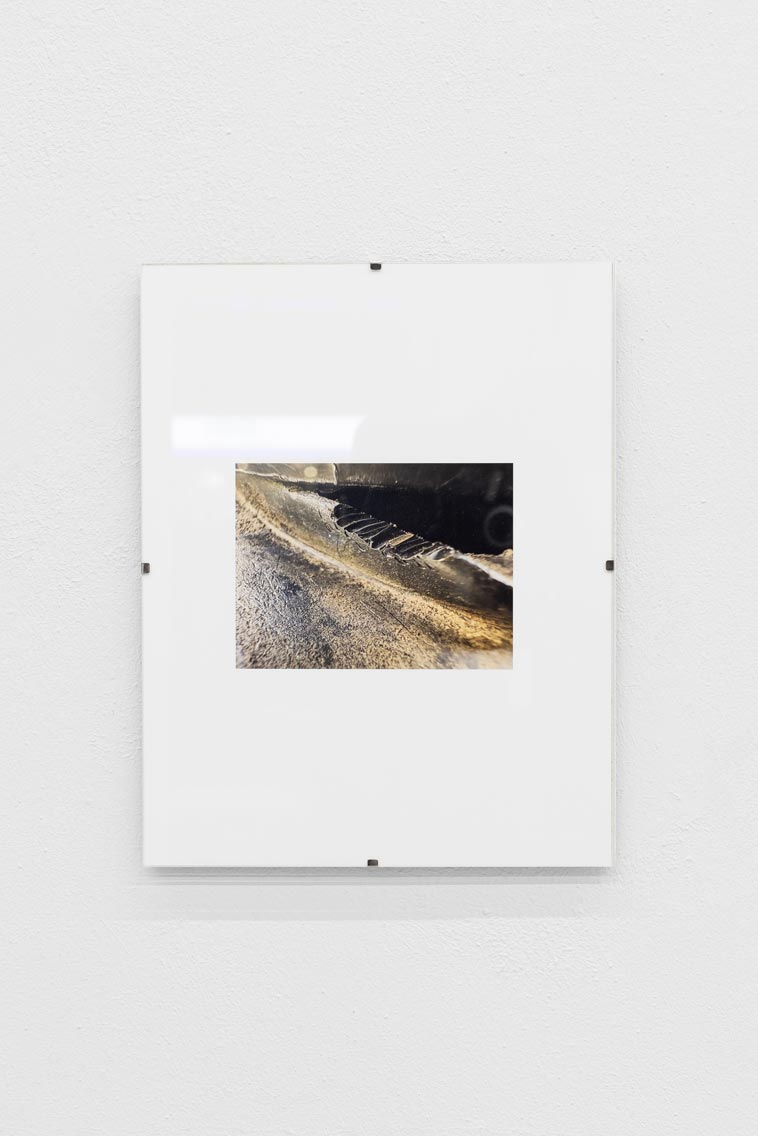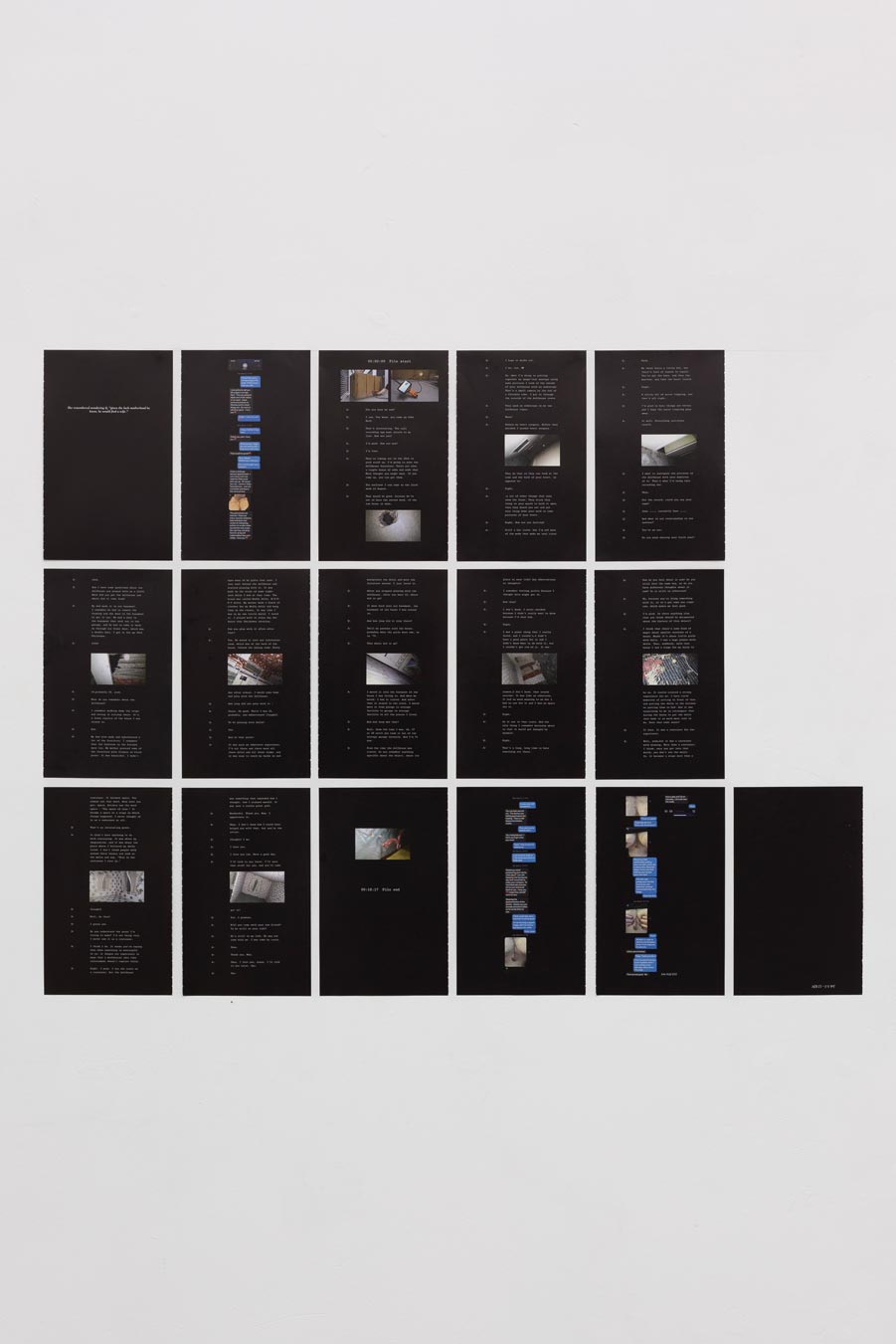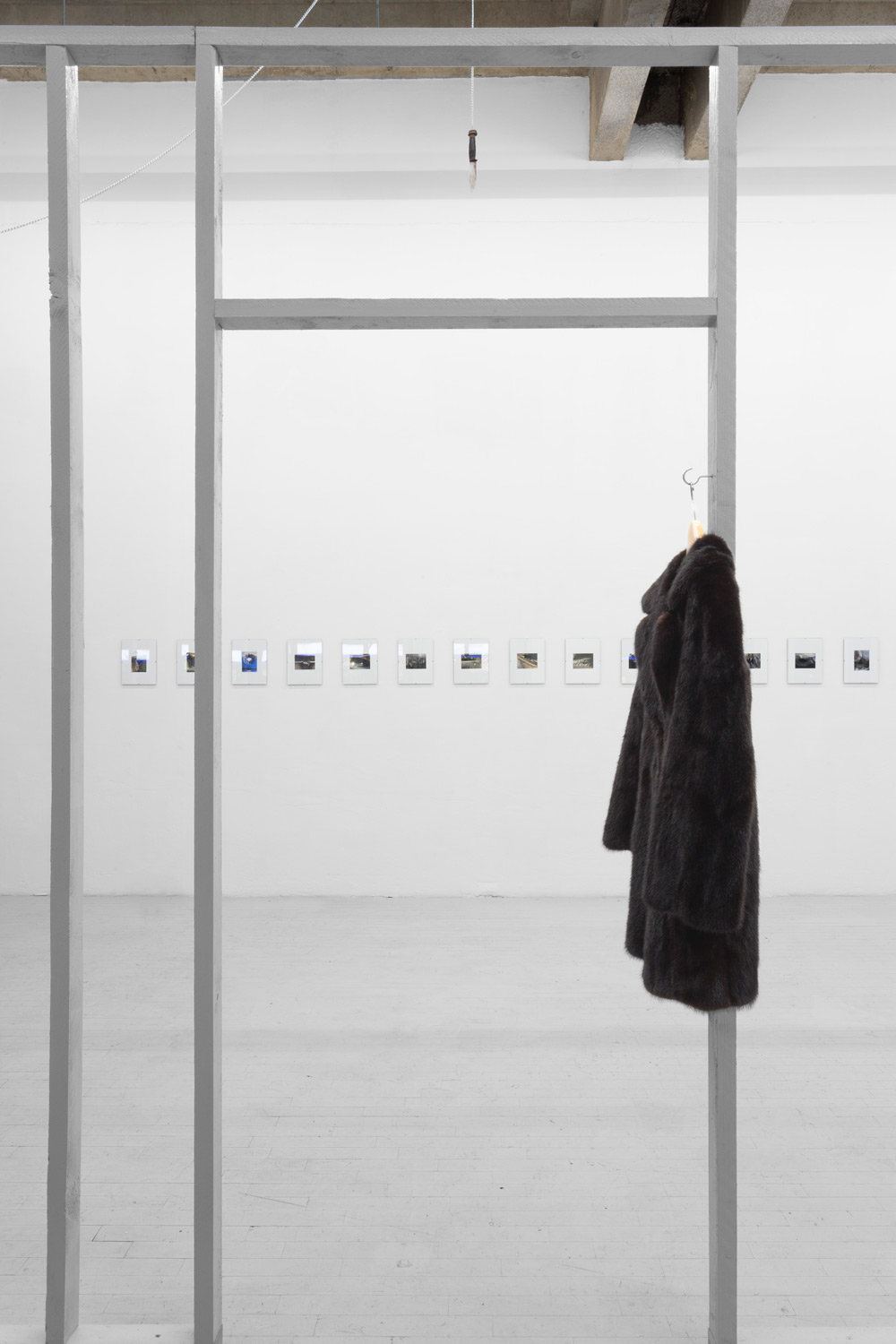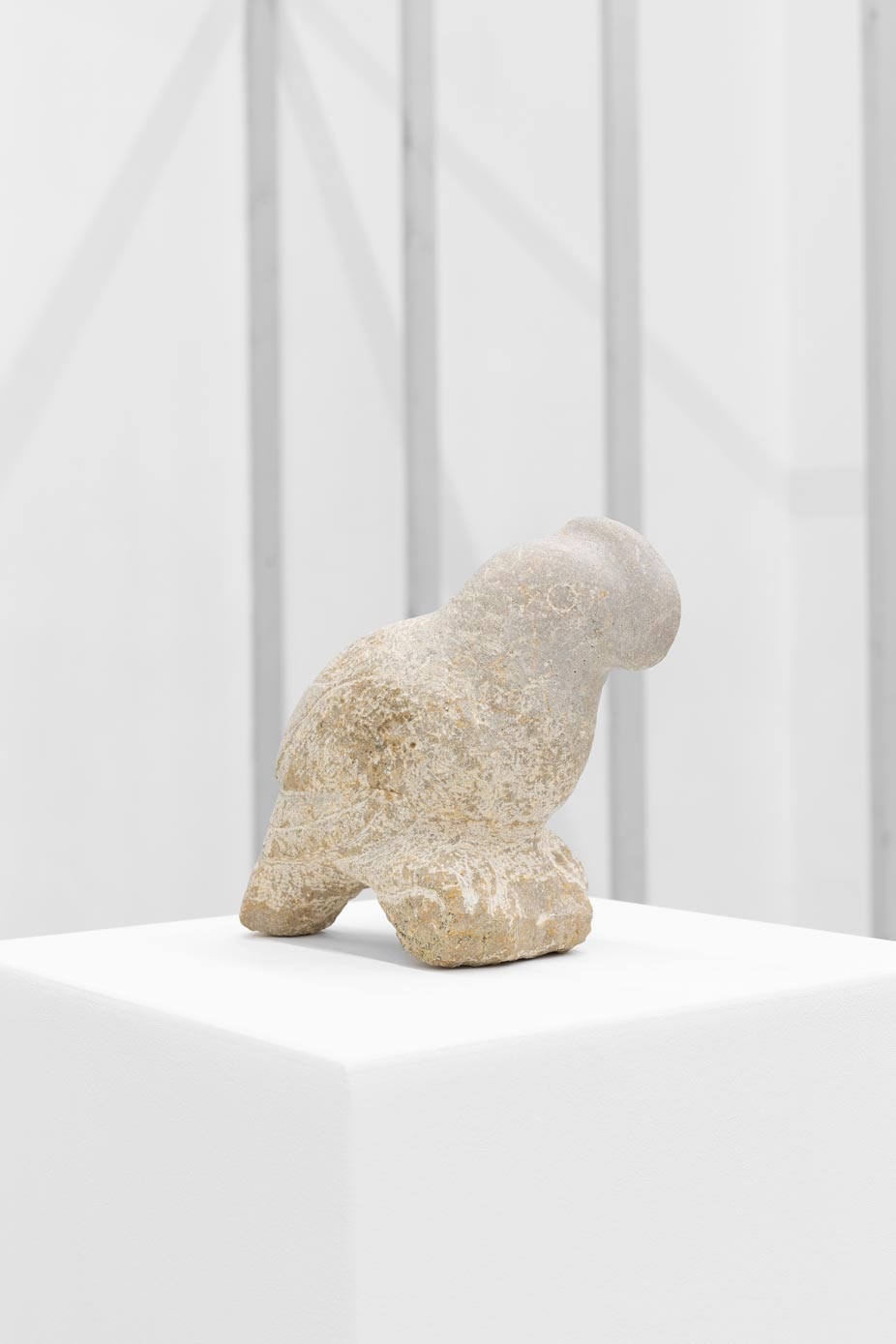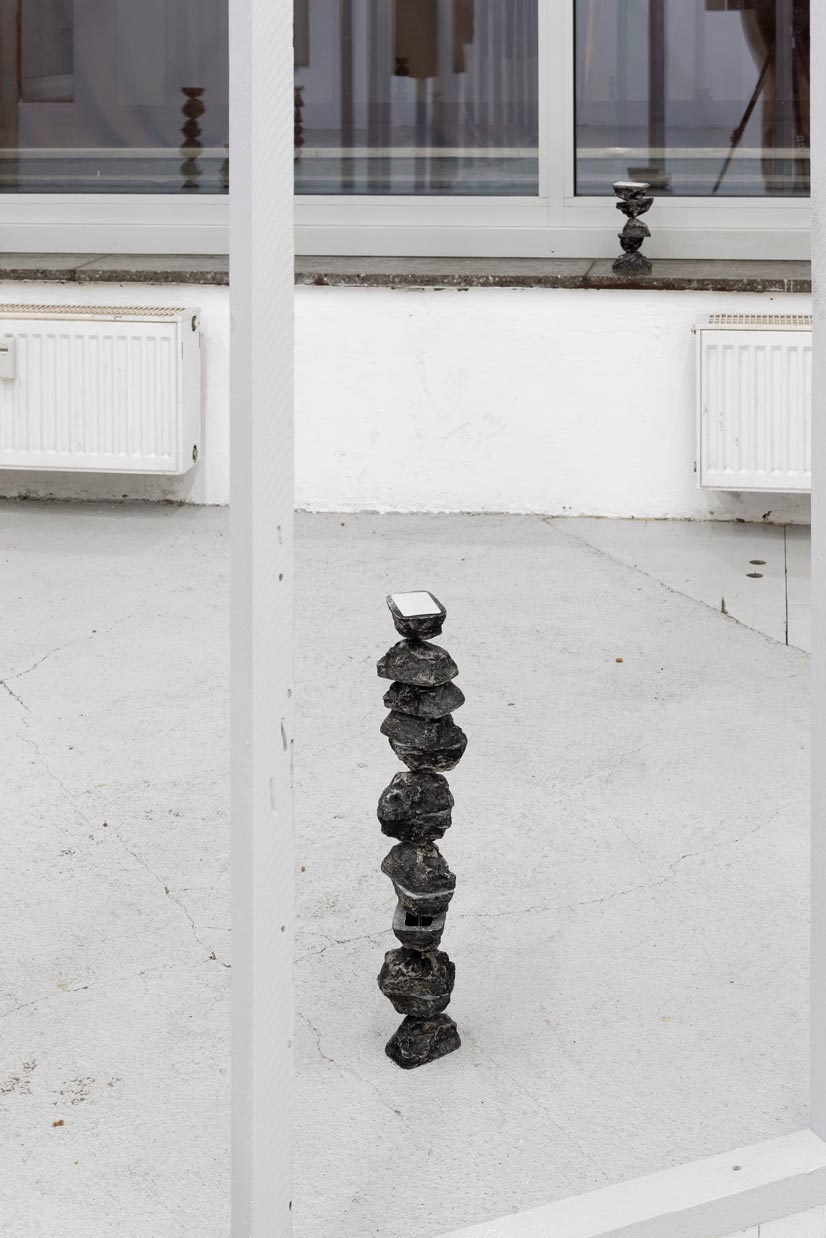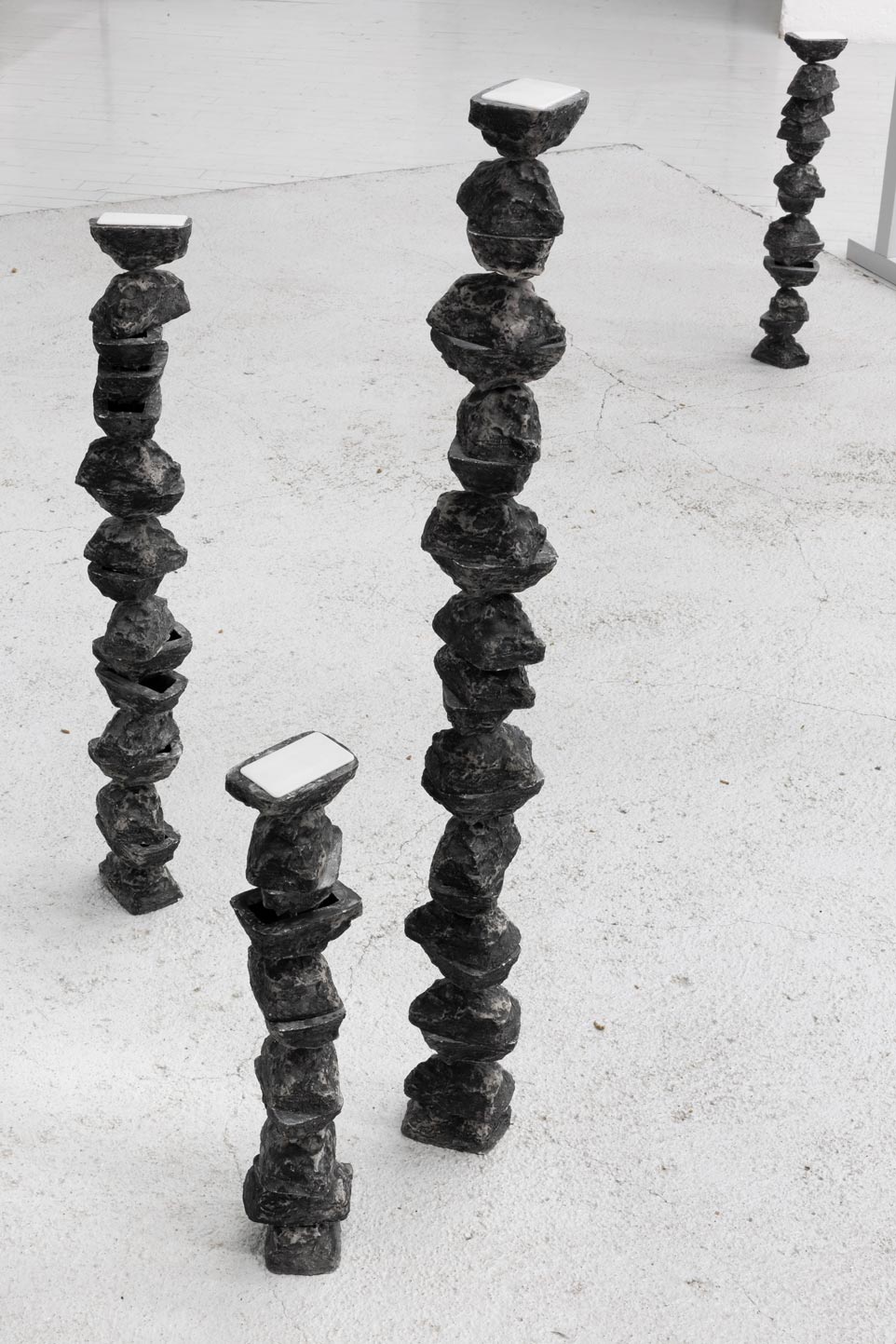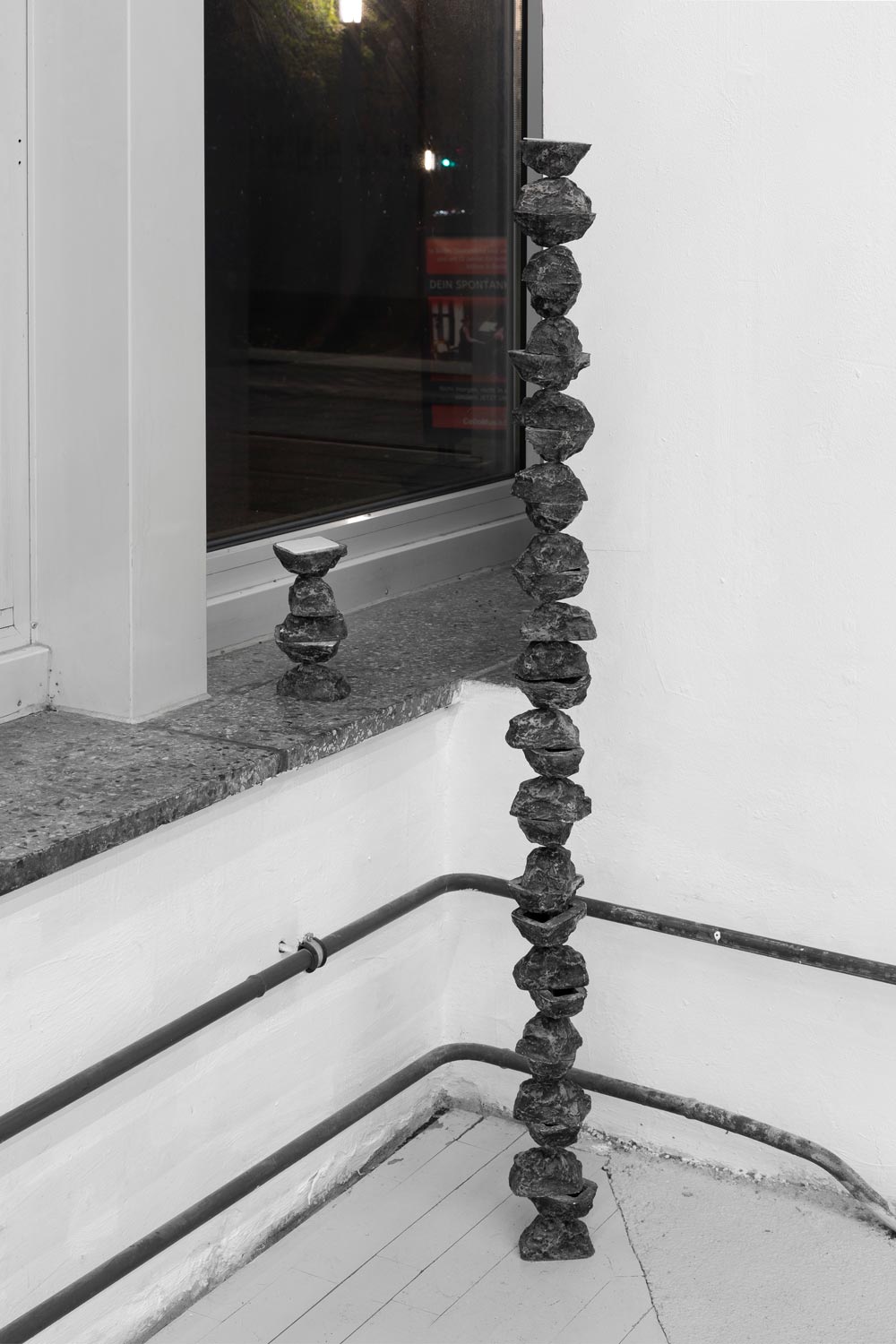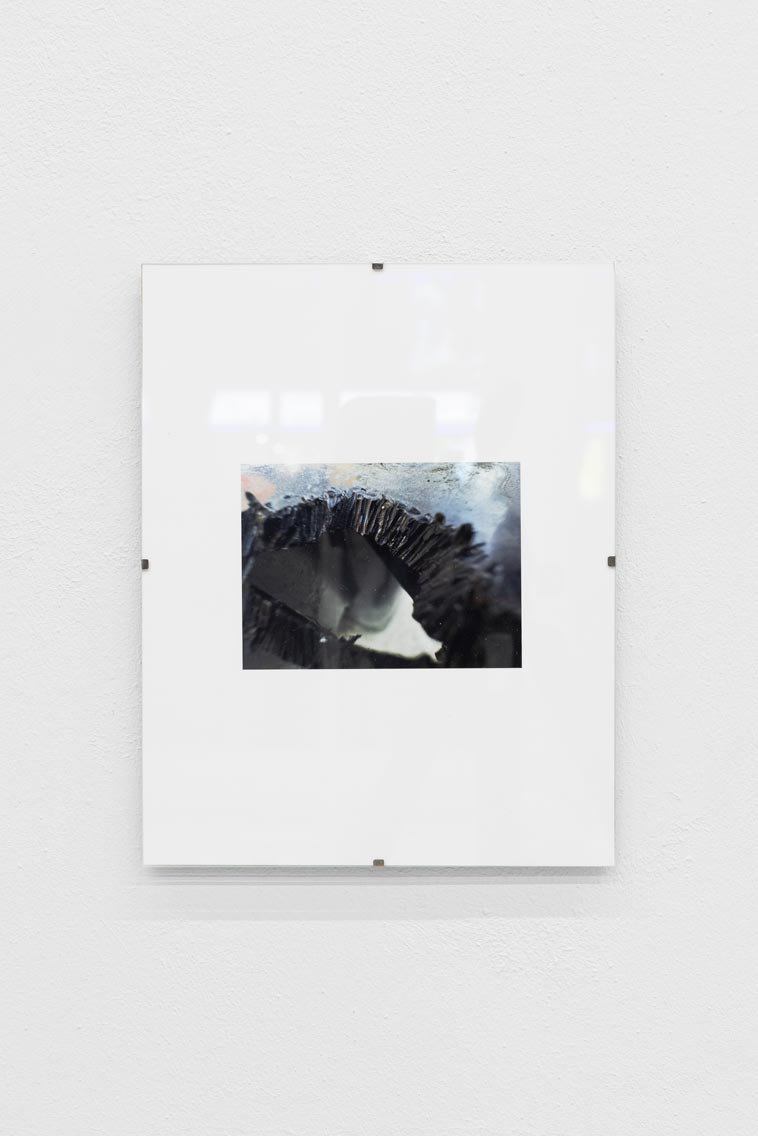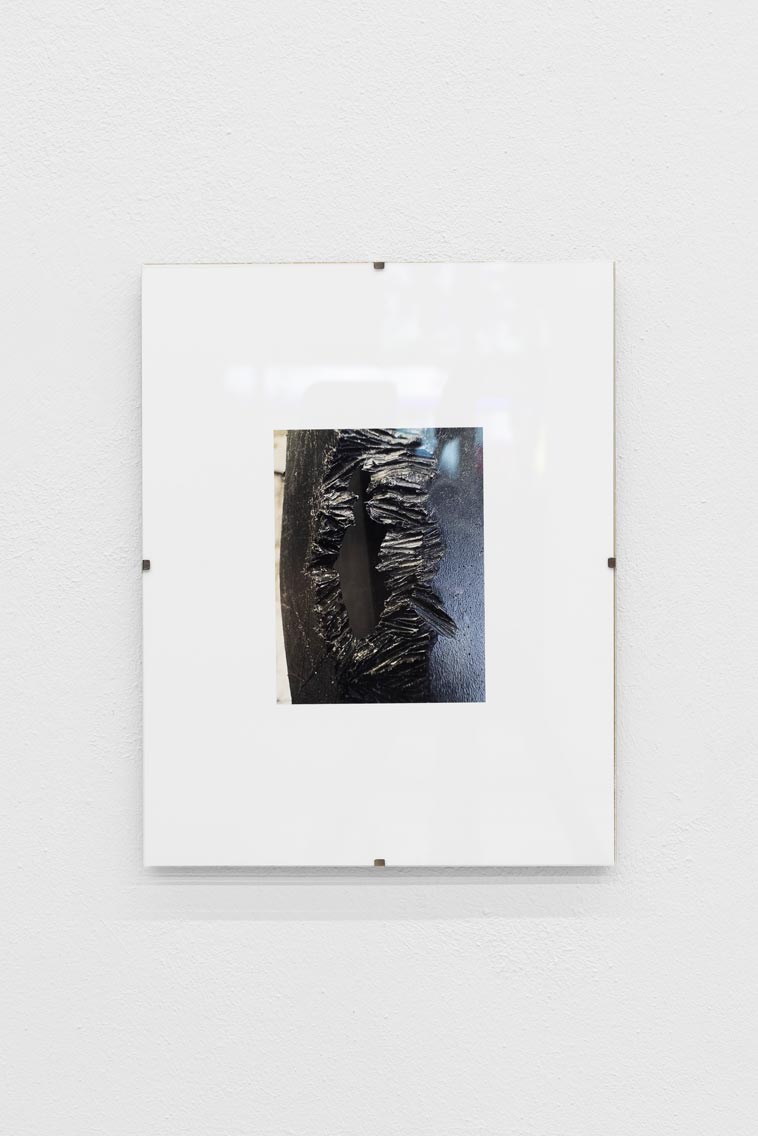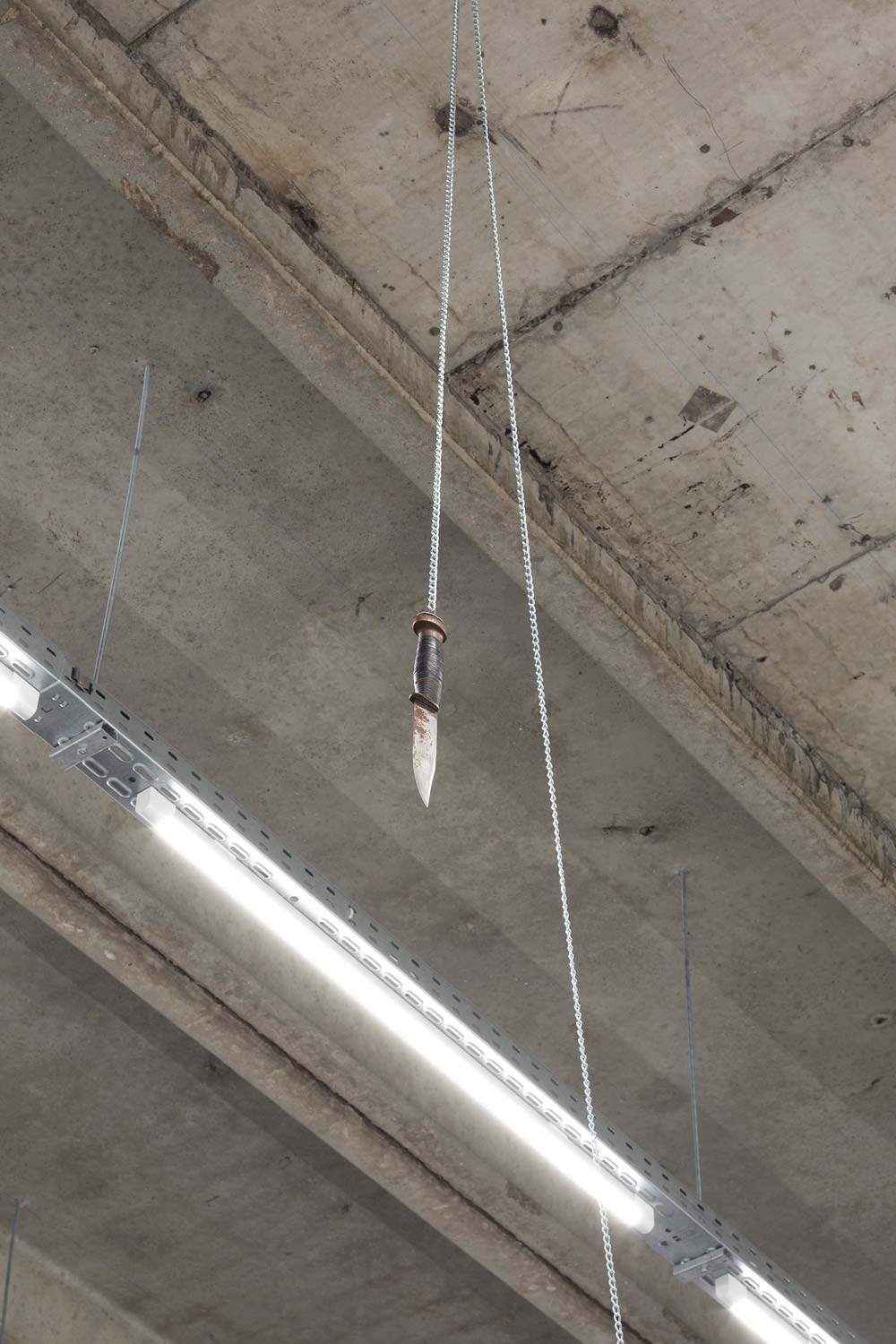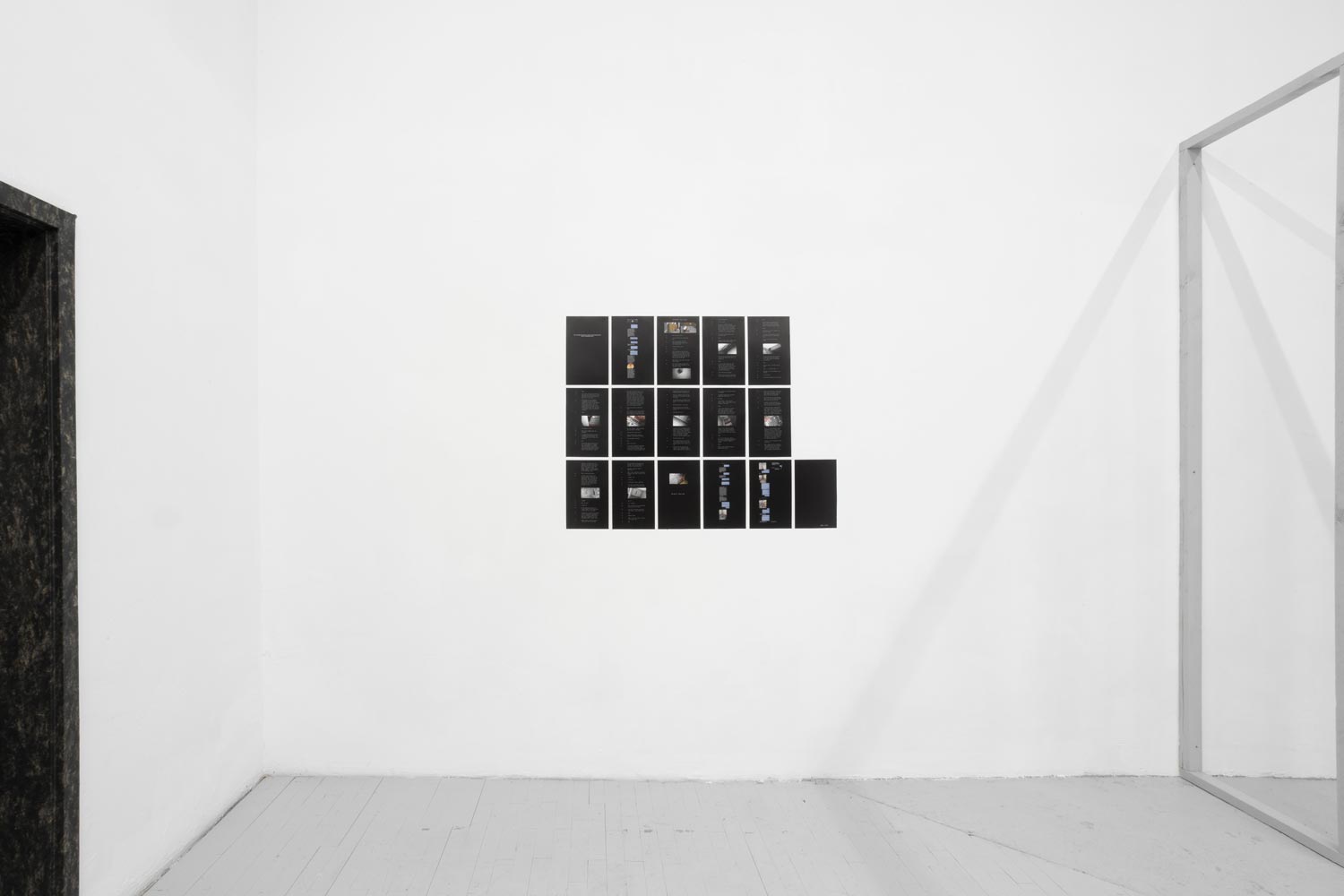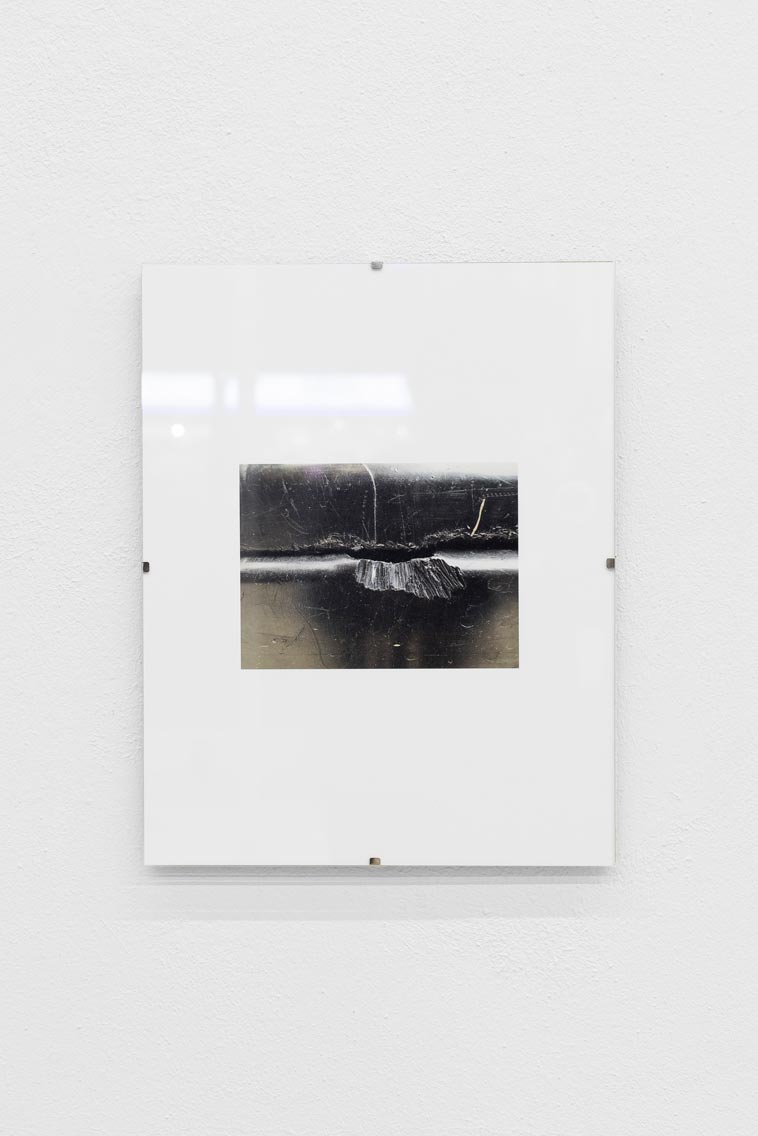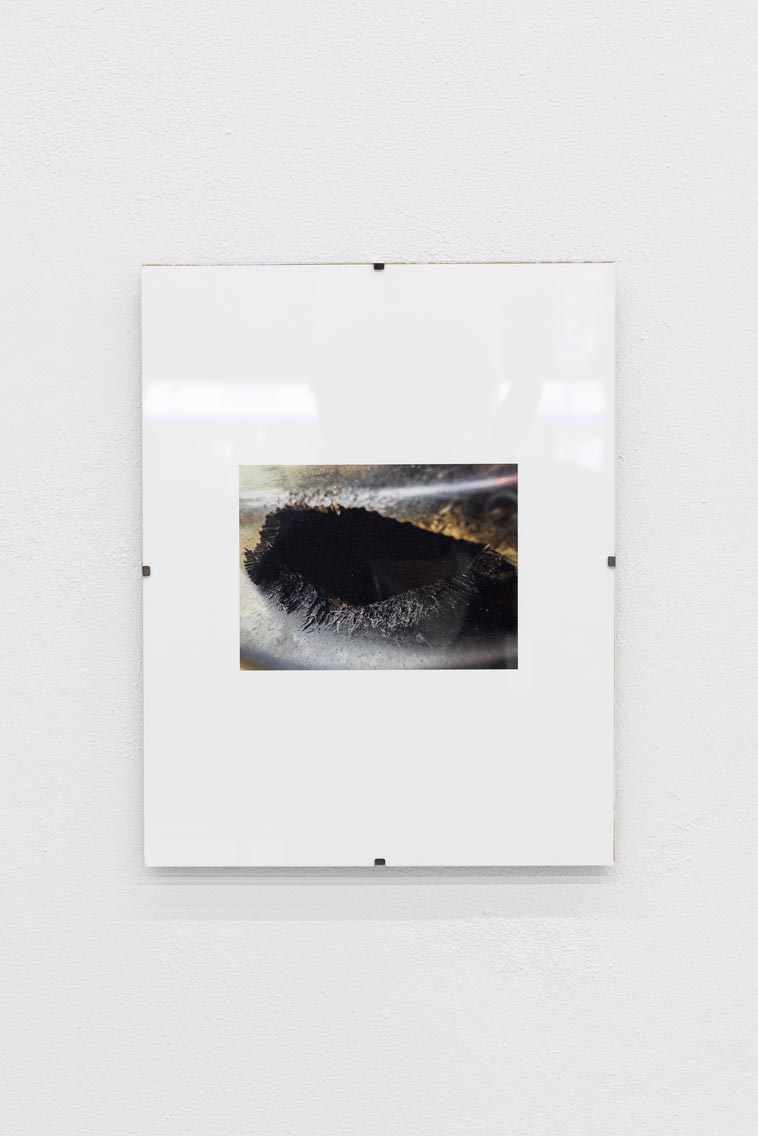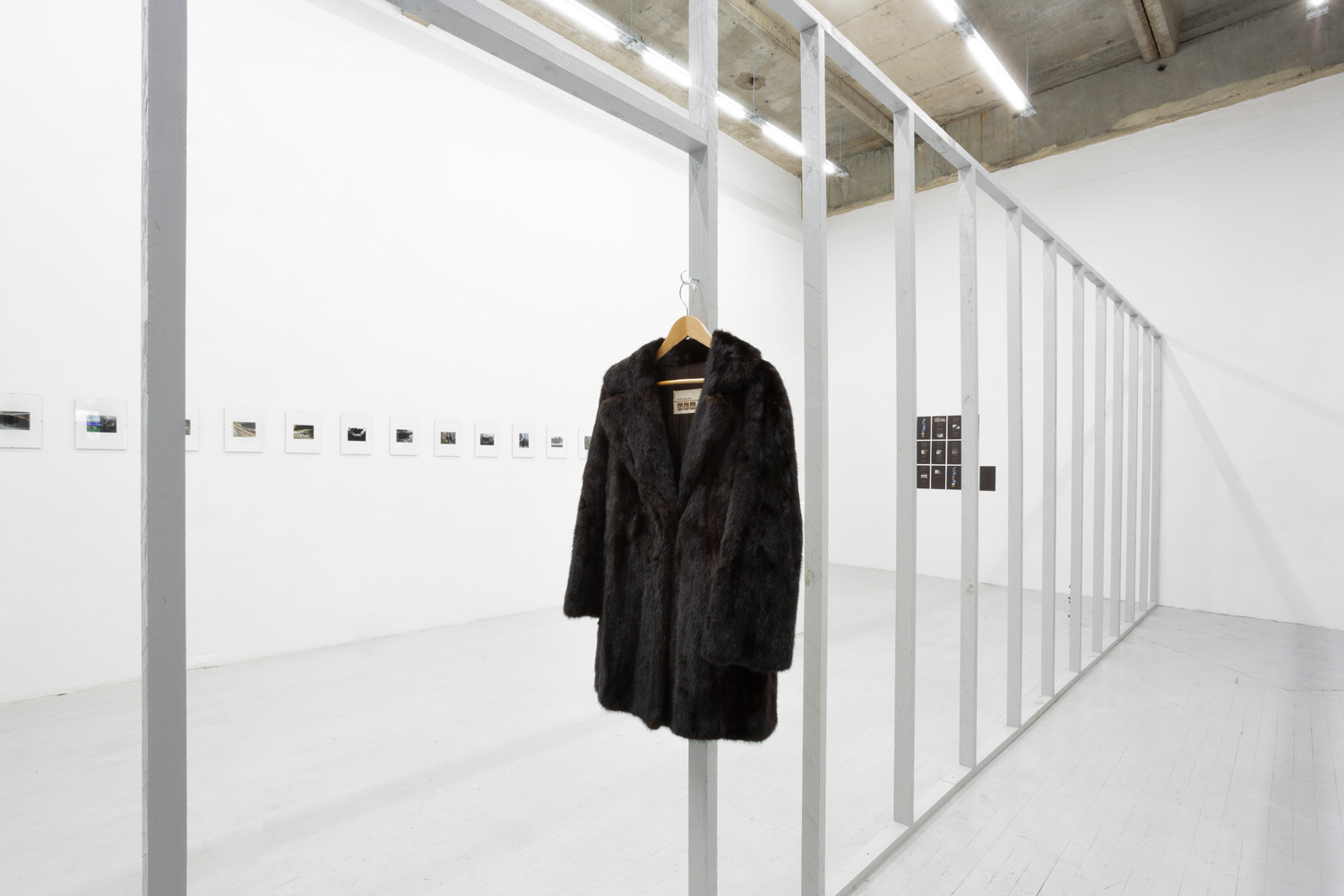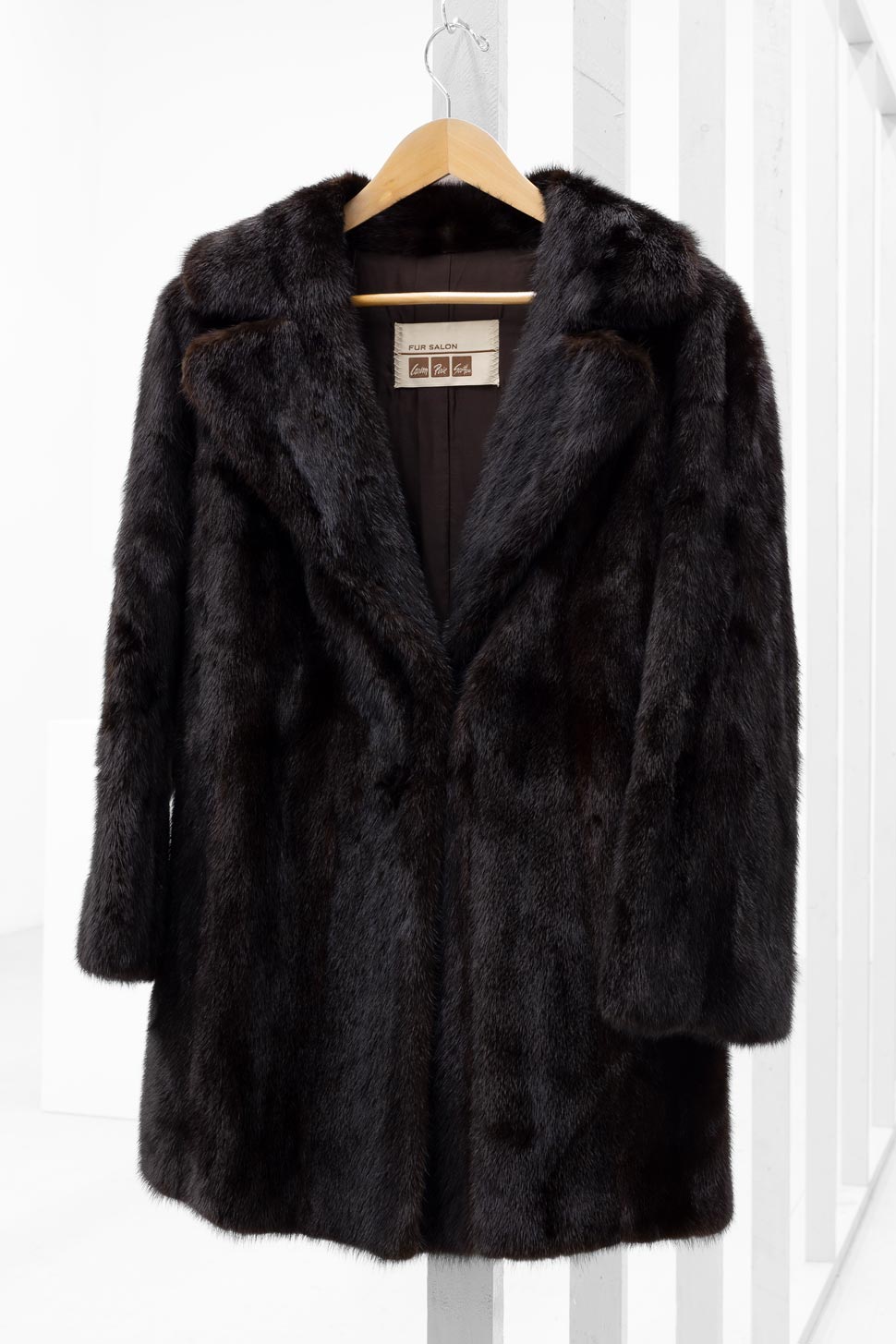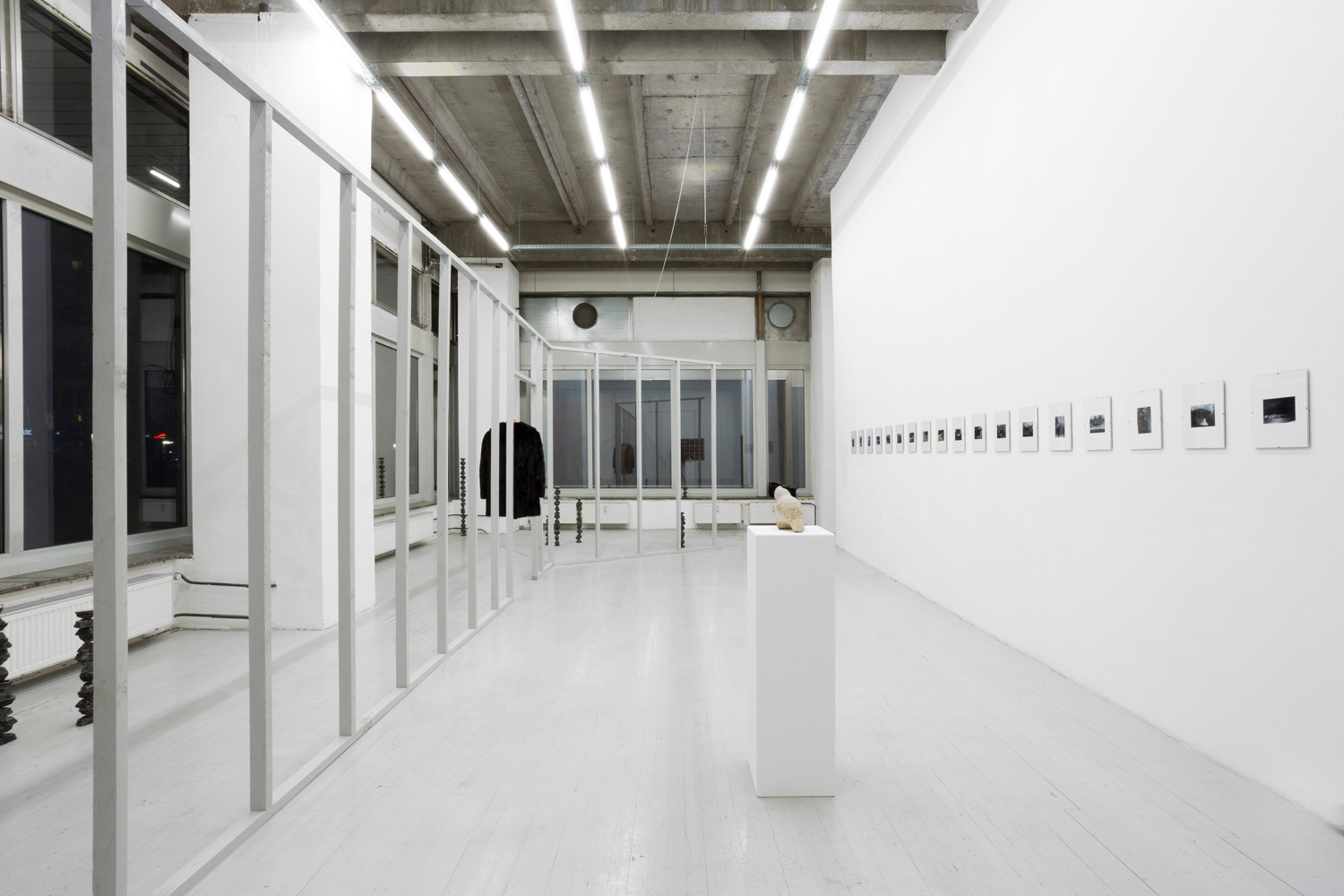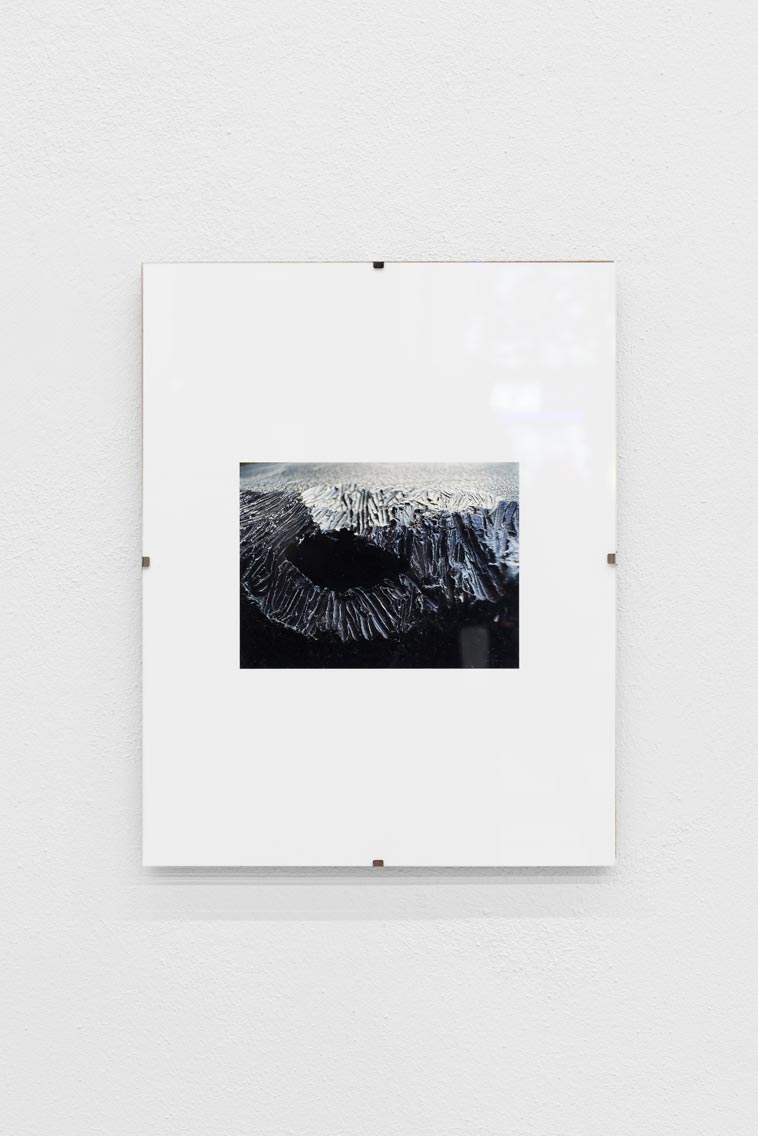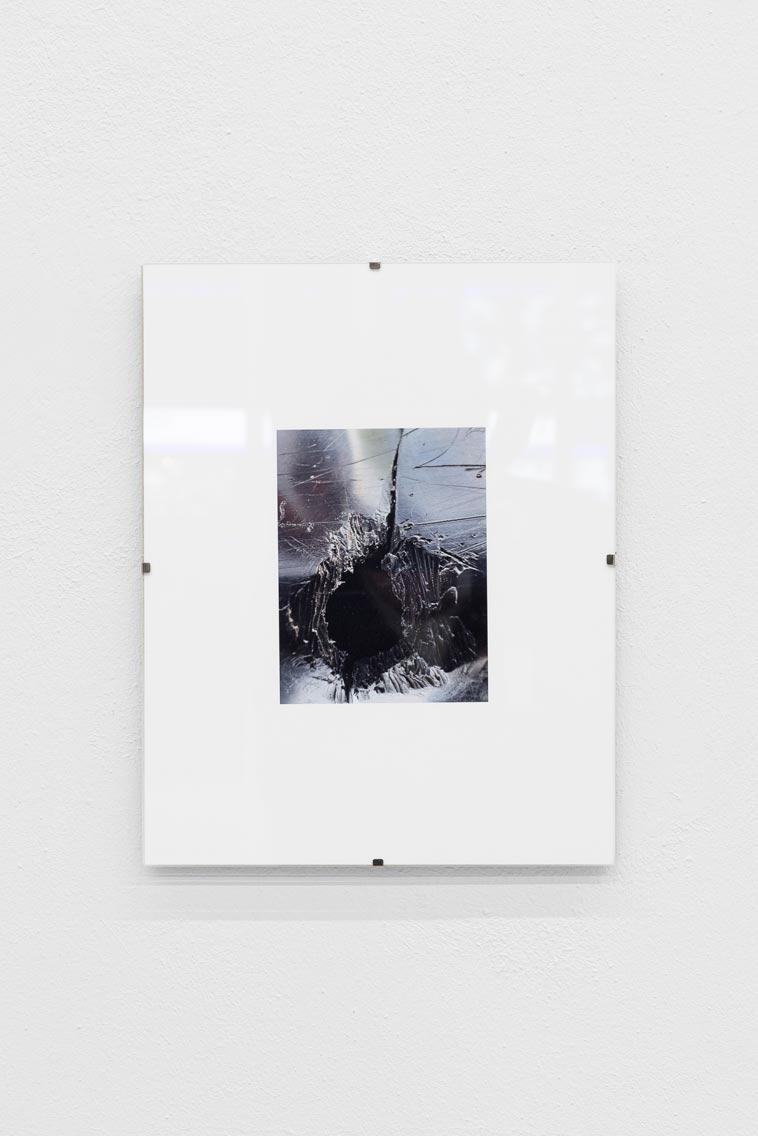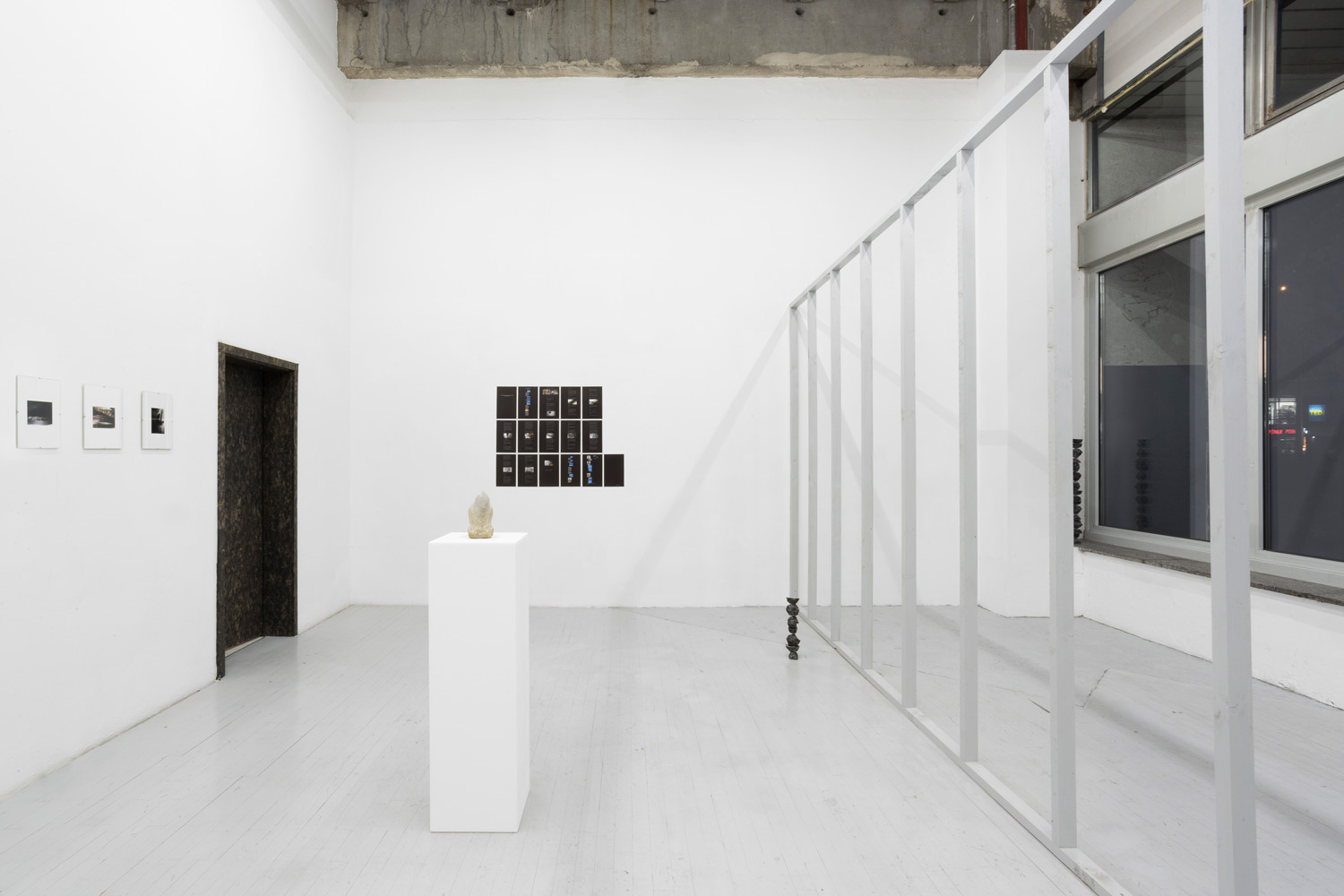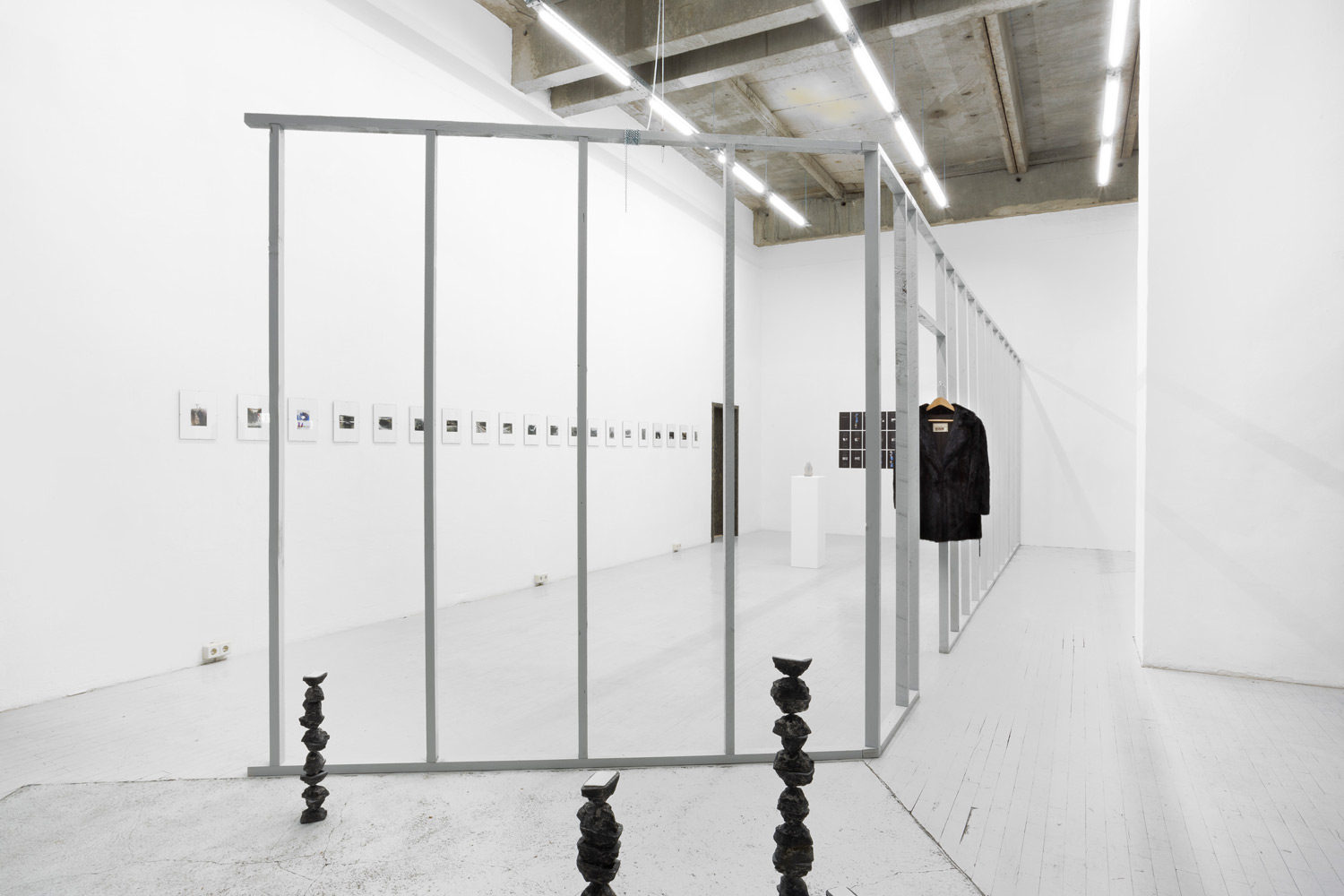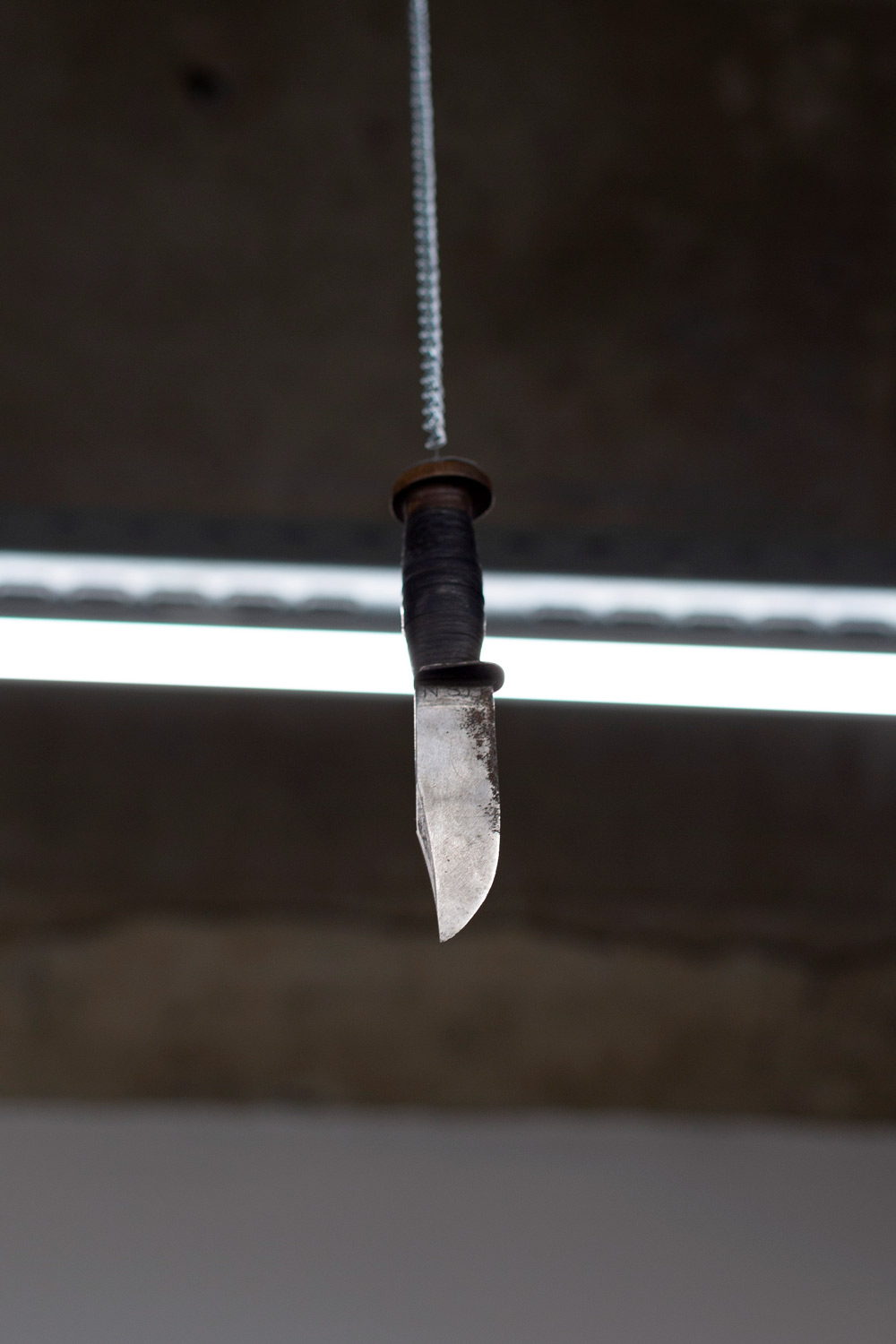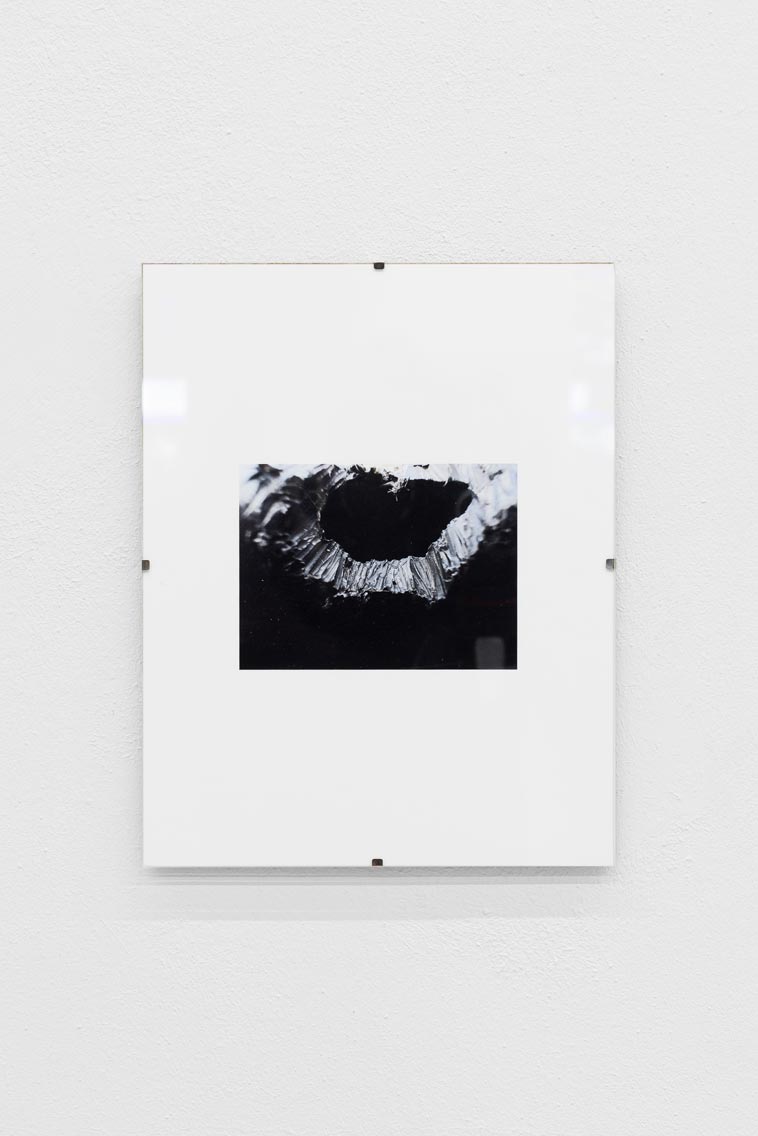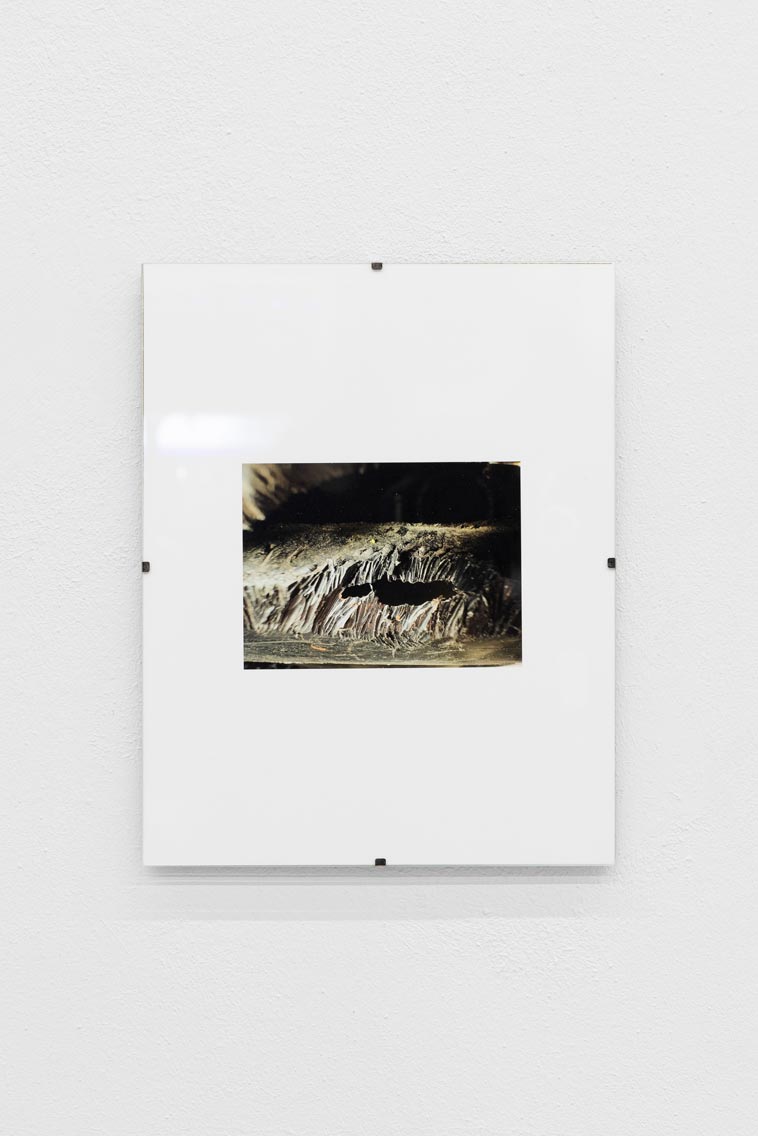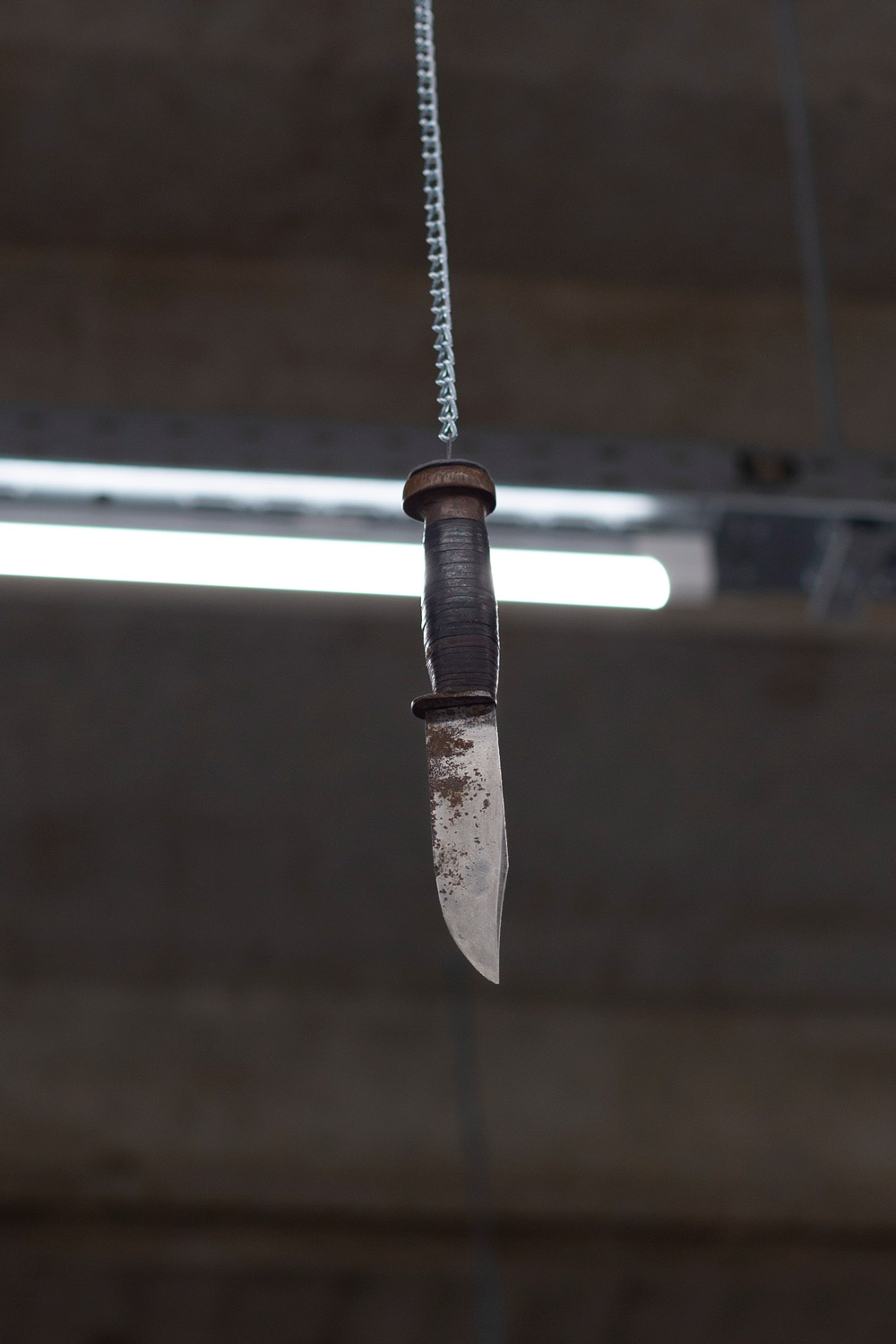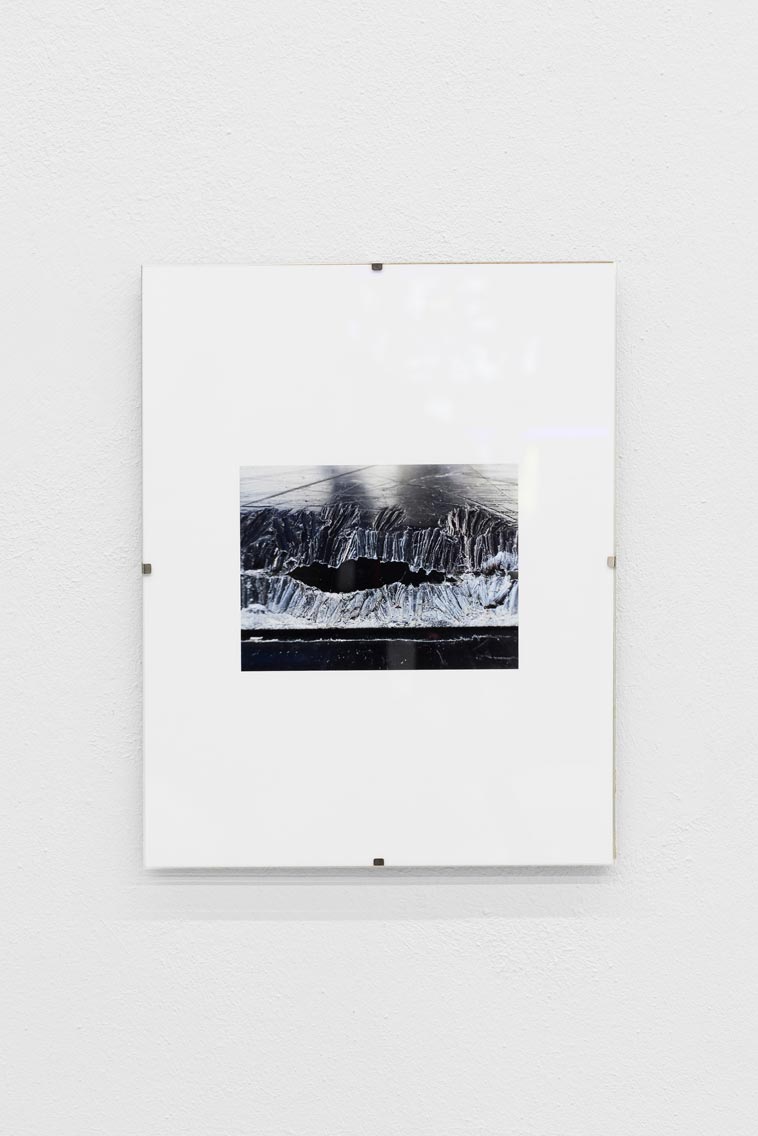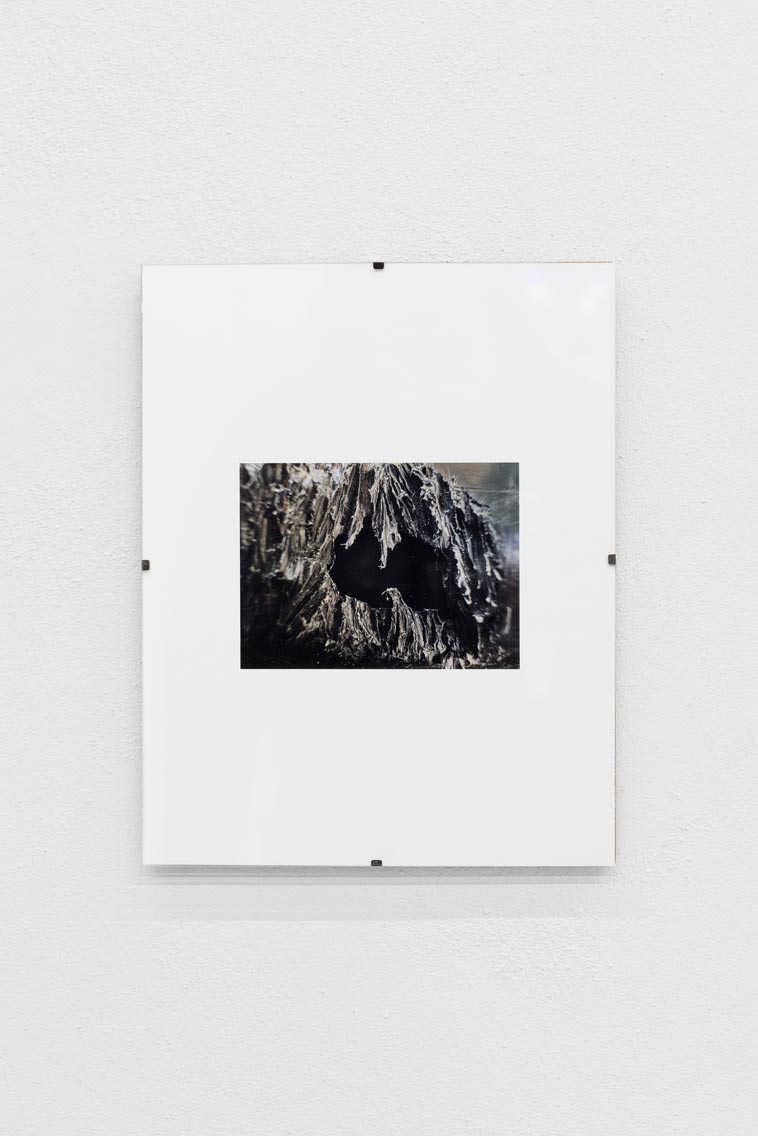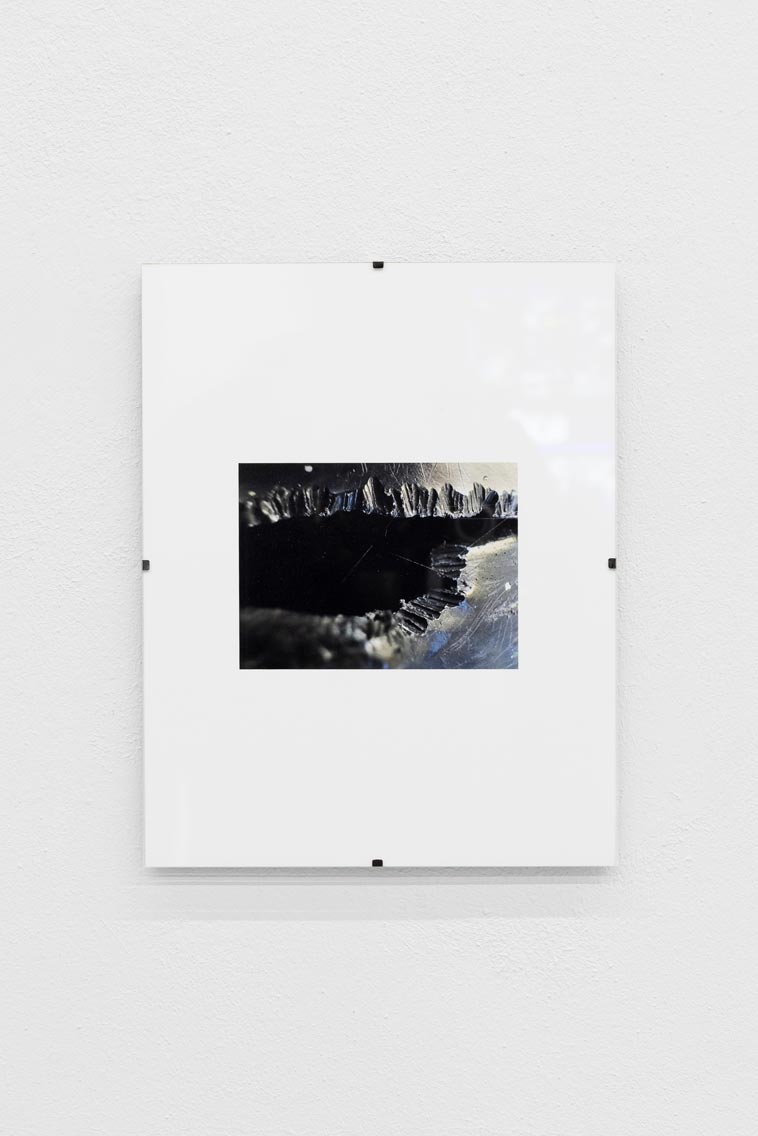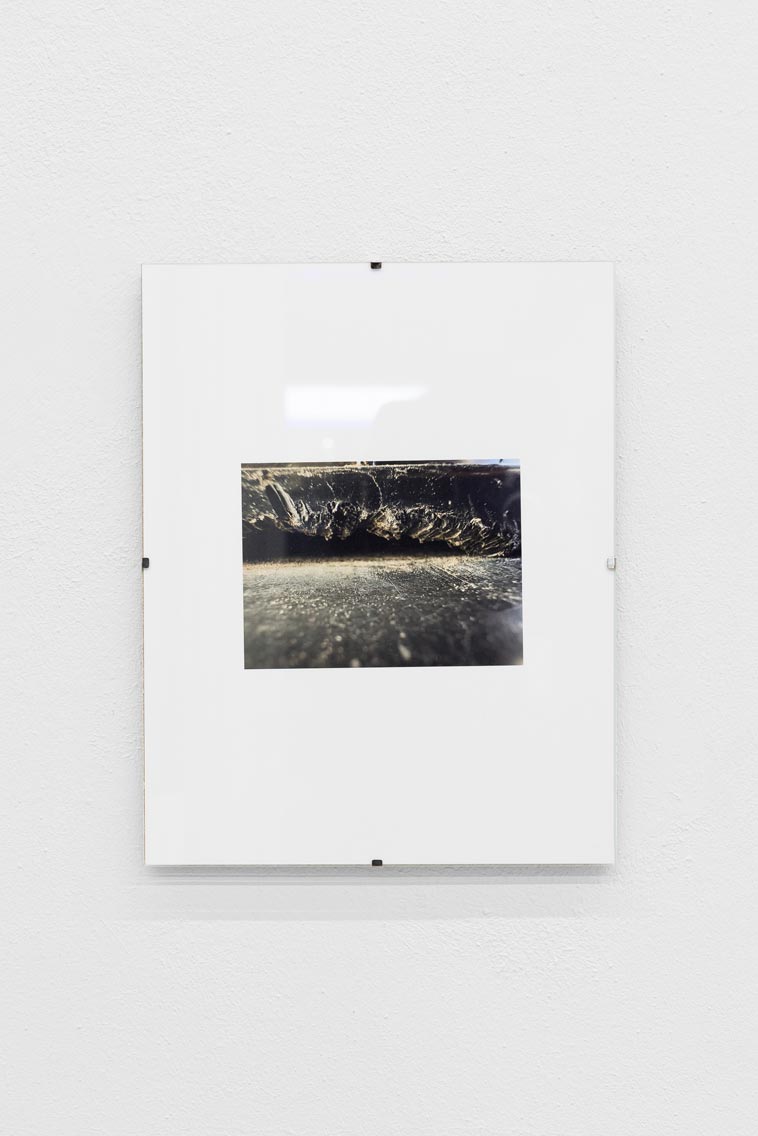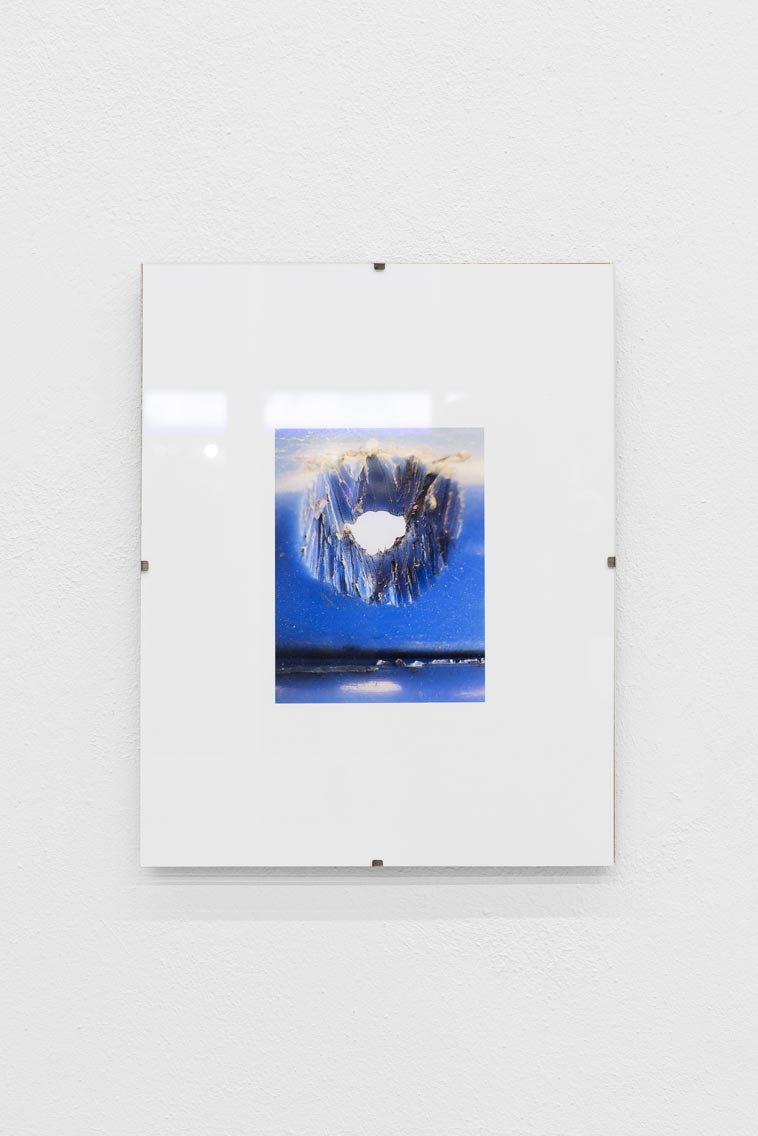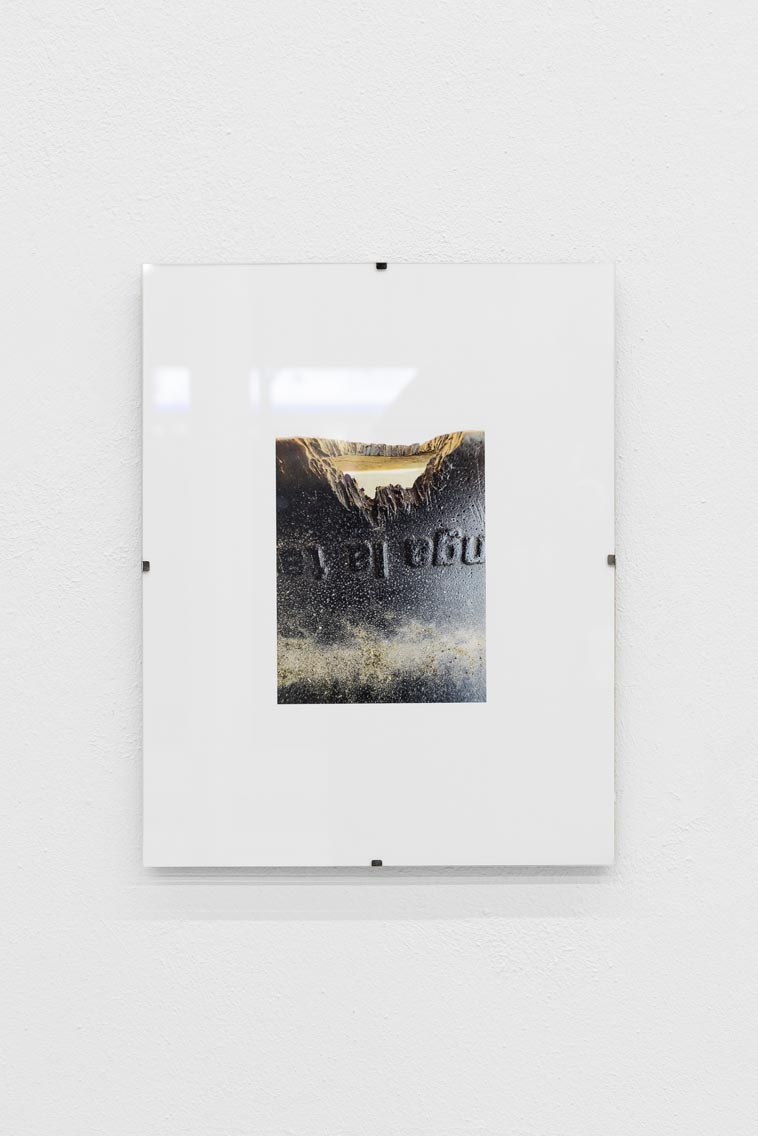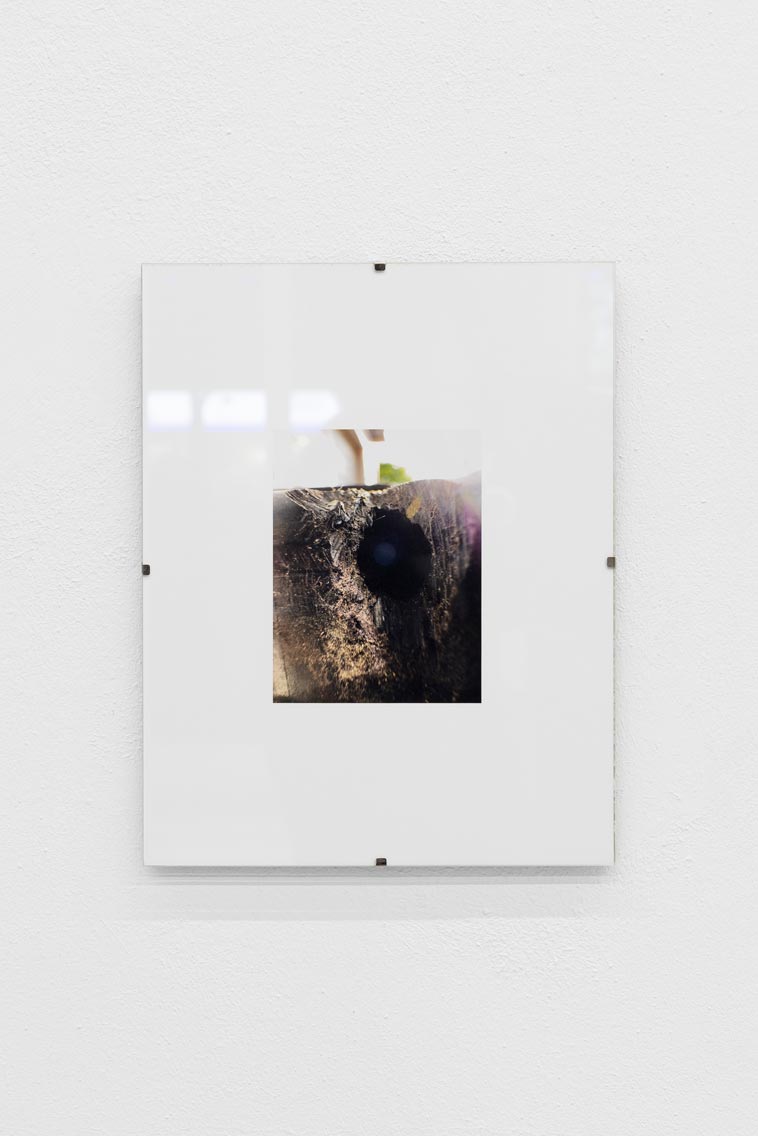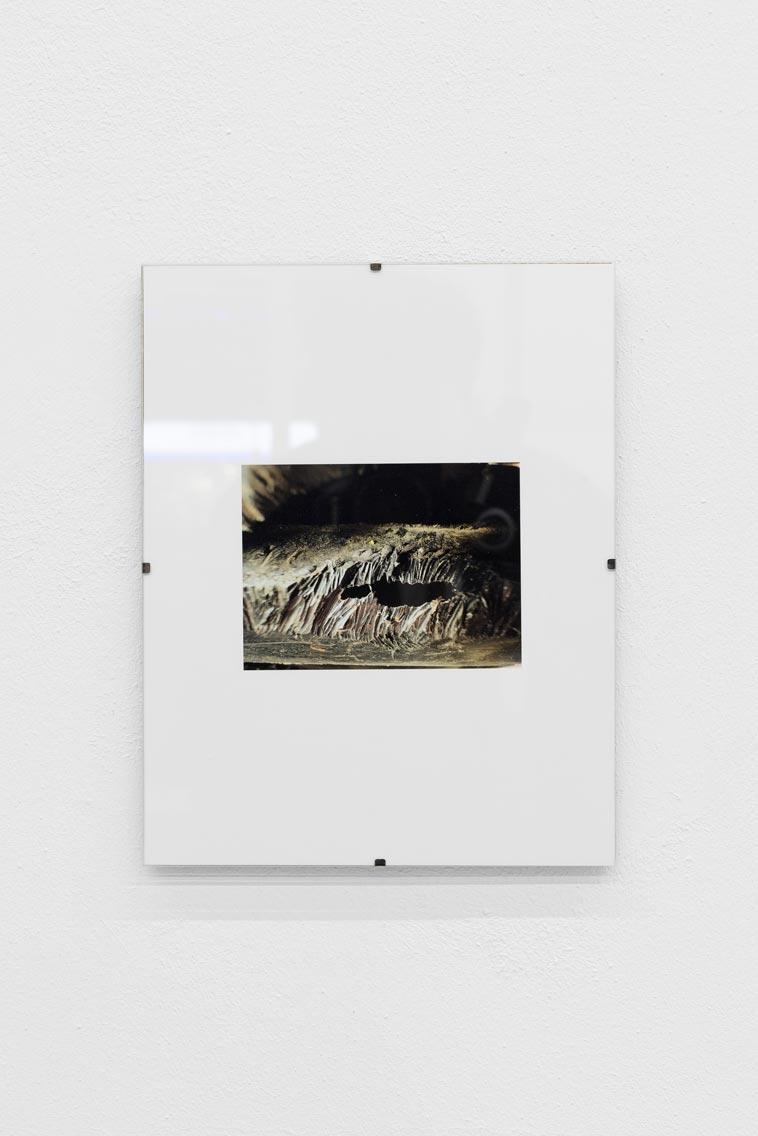
JOHN S, BOSKOVICH: I Appreciate My Uniqueness
John Boskovich
The exhibition “JOHN S, BOSKOVICH: I Appreciate My Uniqueness” presents the work of the artist John Boskovich, who passed away in 2006, for the first time in Europe, placing it within a contemporary context. While Boskovich has gained recognition in recent years, particularly within younger circles of the American art world, his name remains relatively unknown in Europe. His work was rediscovered about 15 years after his death and has since been exhibited at key institutions such as O-Townhouse in Los Angeles, David Lewis Gallery in New York City, and Western Exhibitions in Chicago. Additionally, his works has been included in collections of internationally renowned museums such as MOCA and LACMA in Los Angeles, and the Art Institute of Chicago.
Boskovich’s work lends a queer and personal aspect to the still highly influential art movement of conceptual art. This is particularly effective because his work, ahead of its time, was deeply integrated into the artist’s life. Over his twenty-year career, Boskovich critically engaged with popular and visual culture, religion, psychology, romance, and consumer behavior through the appropriation of images and ritual objects. In the mid-1980s, Boskovich emerged as one of the most prominent and provocative artists engaging with the legacy of conceptual art in Los Angeles. Together with other artists of his generation—such as Mike Kelley, Larry Johnson,
Richard Hawkins, and Kathe Burkhart—he questioned mainstream culture and societal norms. Boskovich’s work, which was self-reflective and autobiographical, drew on his life as a gay man and radically blurred the boundaries between art and life.
Boskovich’s early work was characterized by an ironic and sharp combination of text and image, viewed from a queer perspective against the backdrop of the AIDS crisis. In the 1990s, his sculptures and installations deeply explored self-help culture and religion. In the late 1990s, Boskovich transformed his 1920s Los Angeles apartment into what he called the “Boskostudio,” which served as both his residence and a comprehensive total work of art until his death. The Boskostudio literally took over the entire apartment, incorporating walls, floors, and ceilings. Each room—from the living and dining rooms to the kitchen, breakfast nook, and hallway to the bedrooms—was theatrically transformed into a distinctive staging full of eerie references to consumerism. Boskovich himself described the Boskostudio as “a [Rainer Werner] Fassbinder set where no film was ever shot,” but where “drama thrives in abundance.” Boskovich’s cinematic work was also remarkable and ahead of its time—his extraordinary film North (2001), featuring artist and writer Gary Indiana reading from Louis-Ferdinand Céline’s novel of the same name, is a captivating portrait of its subject.
What social spaces are available to queer people? Boskovich’s artistic oeuvre also documents an increasing retreat into the private sphere. In his aesthetic negotiation of identity-forming practices and consumer culture, he shows how society, then as now, cannot guarantee safe living conditions for people outside the heteronormative, despite superficial efforts.
We would like to thank the Estate of John Boskovich, David Lewis Gallery, John Morace, Ann Goldstein, Schwules Museum Berlin, and Kunstfonds for their support.
Side program:
“Without you I’m nothing” Screening at Babylon Berlin
Conversation with Krista Montagna and John Neff
exhibition text
notes on North
floorplan
Review (Mousse)
Review (taz)
Review (textezurkunst)

Supported by the Stiftung Kunstfonds












































